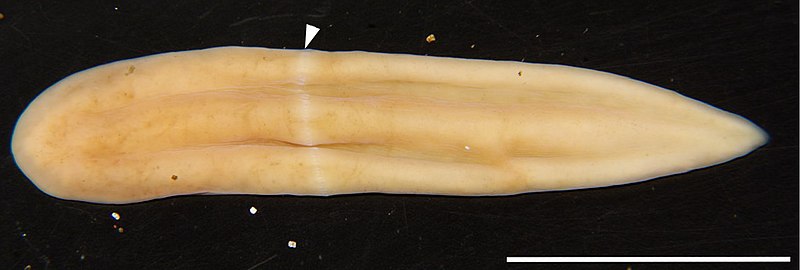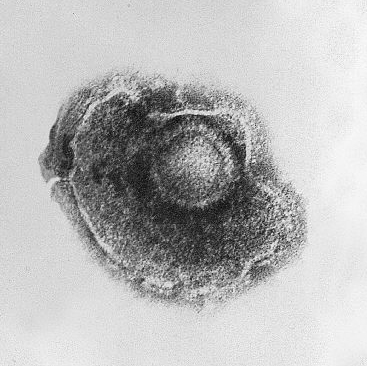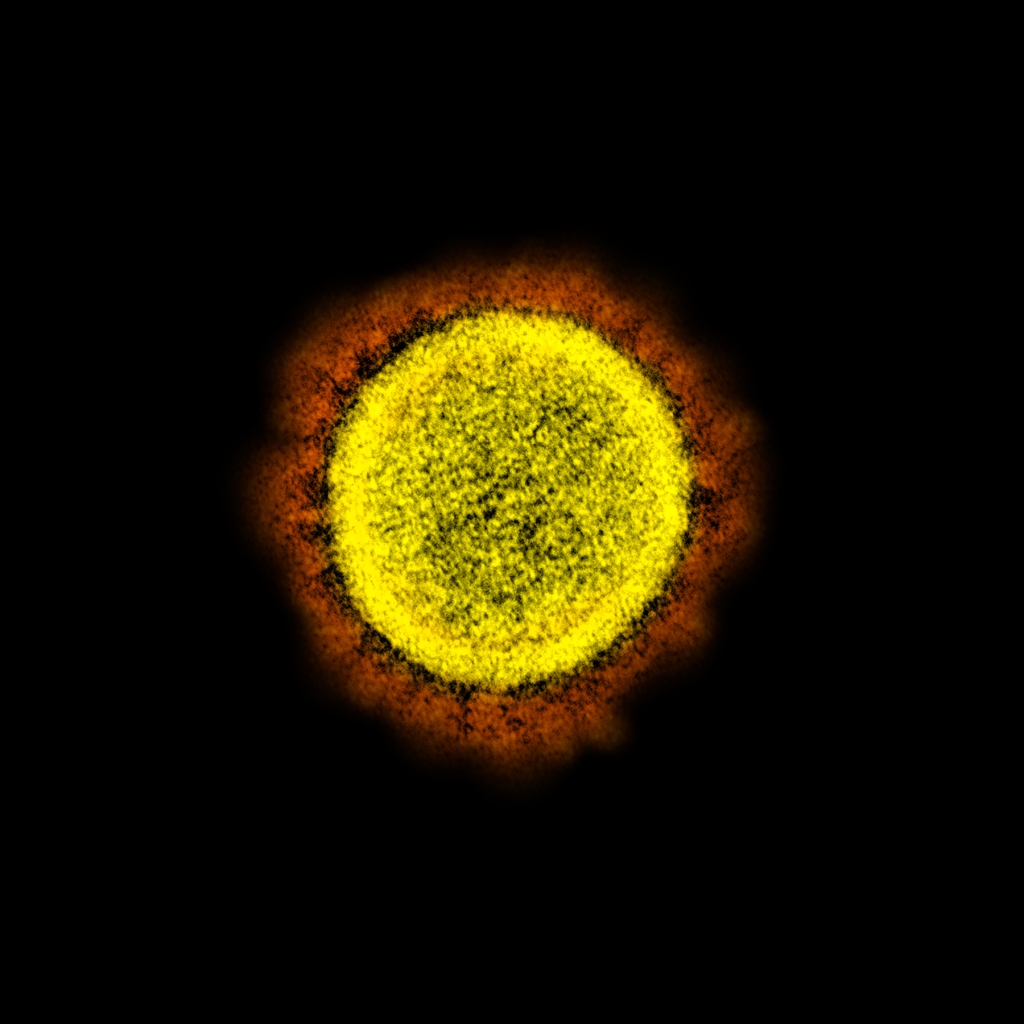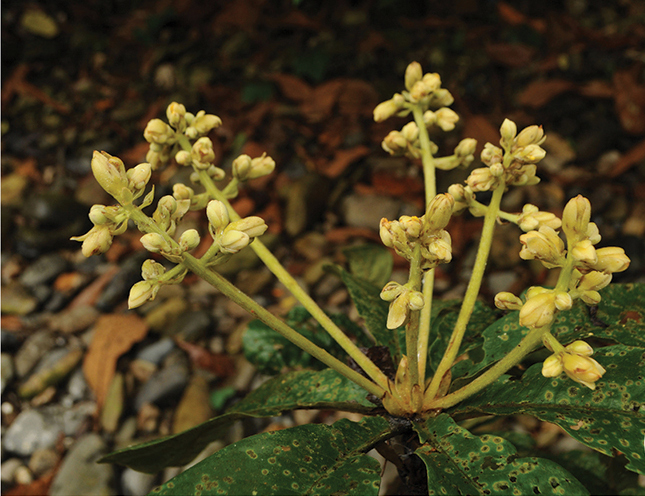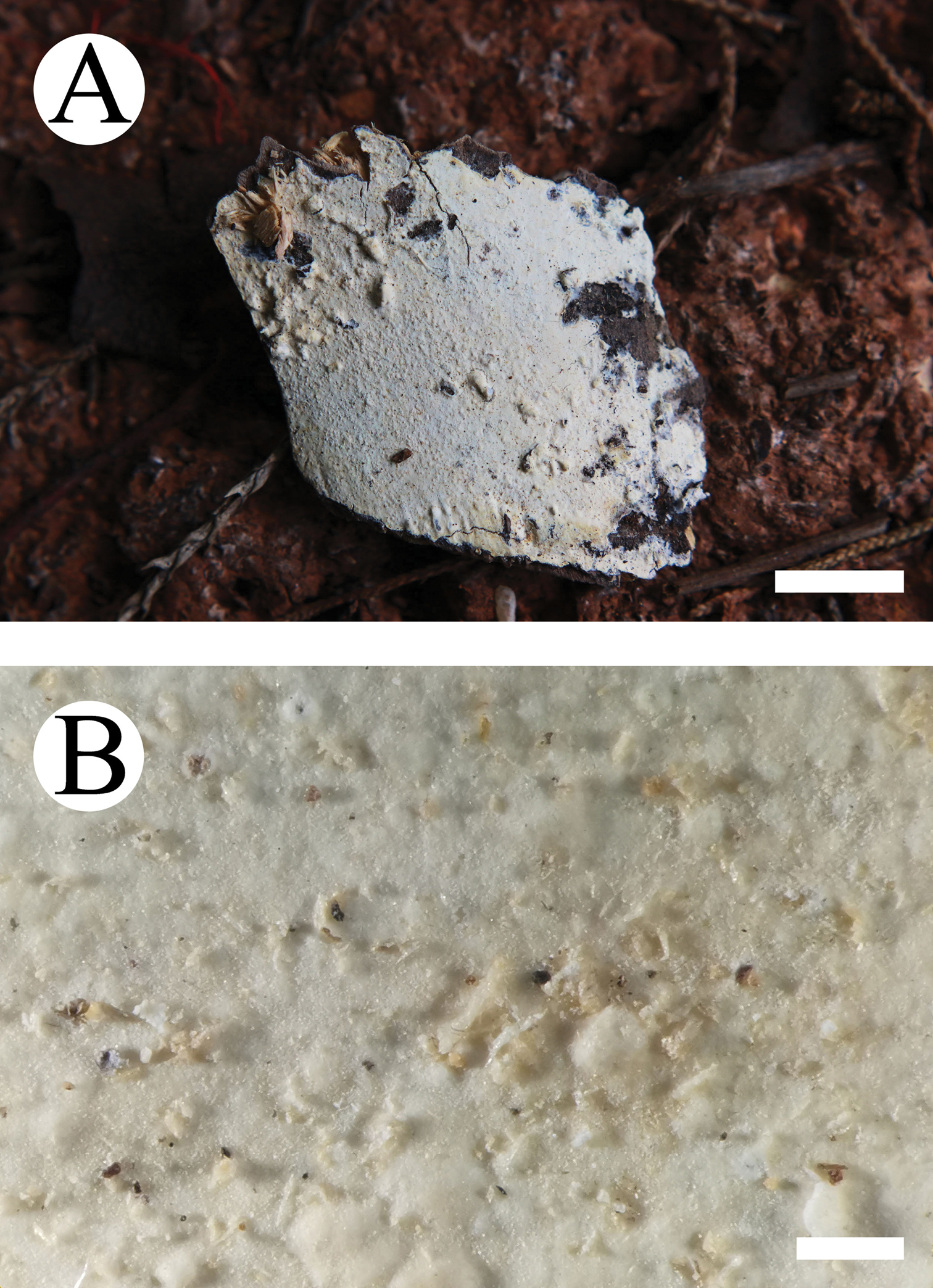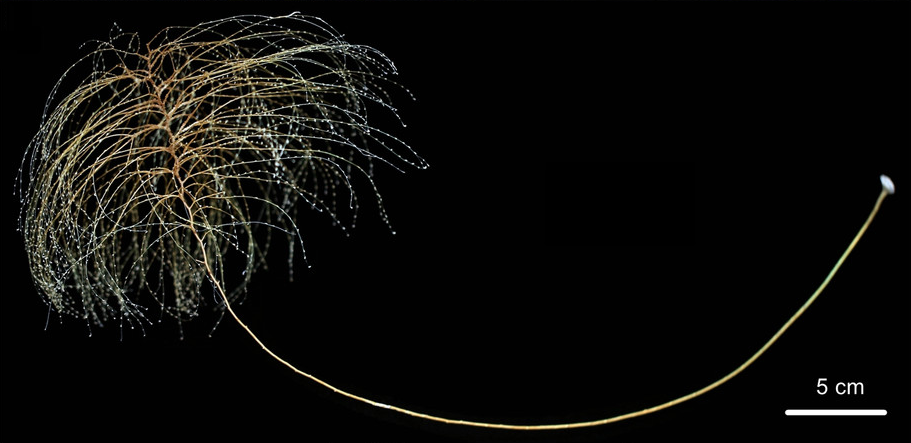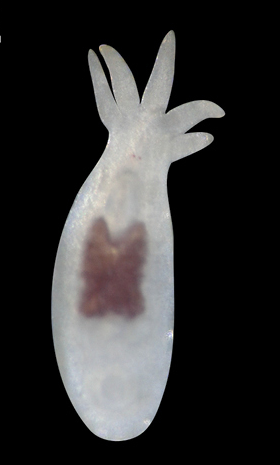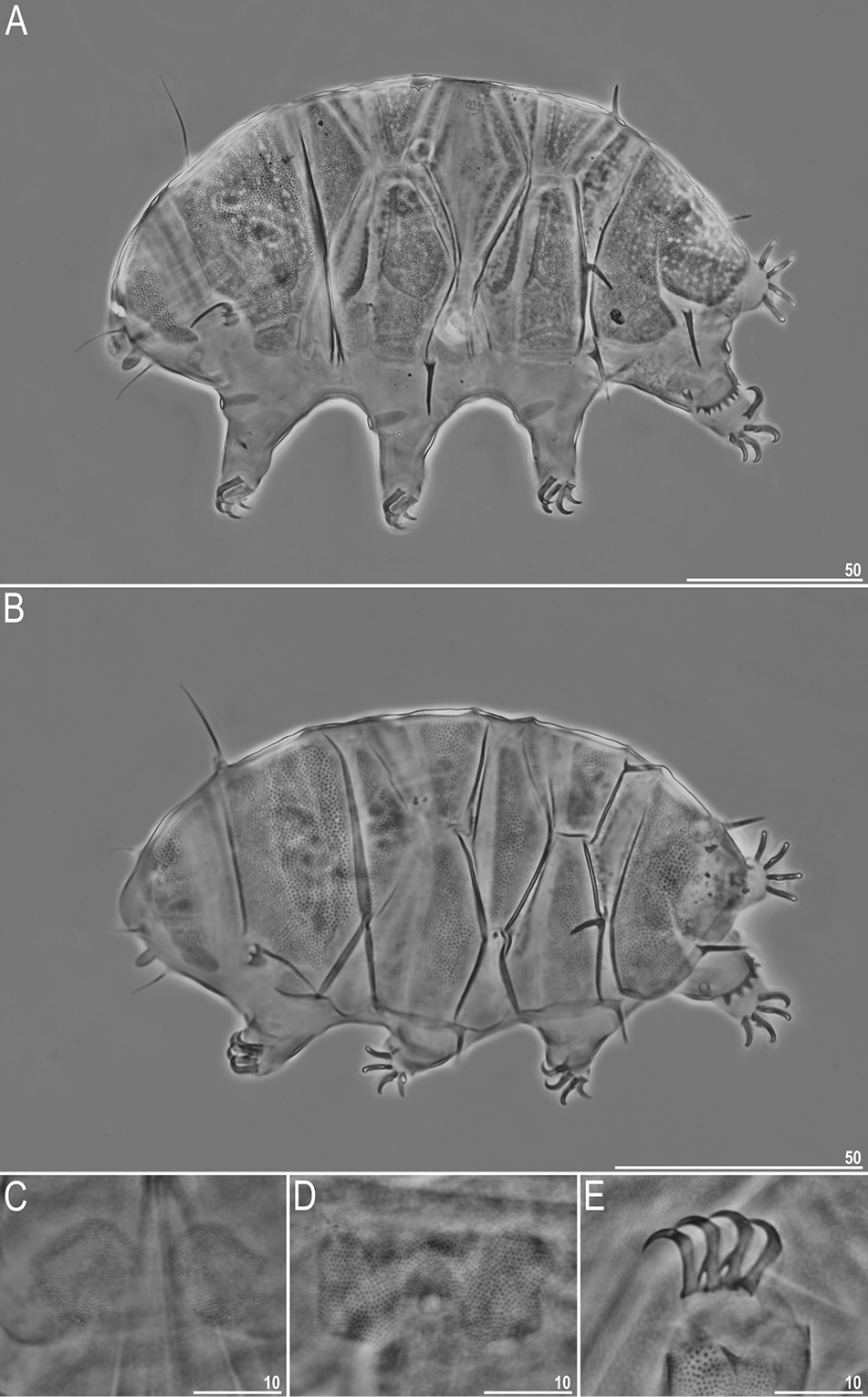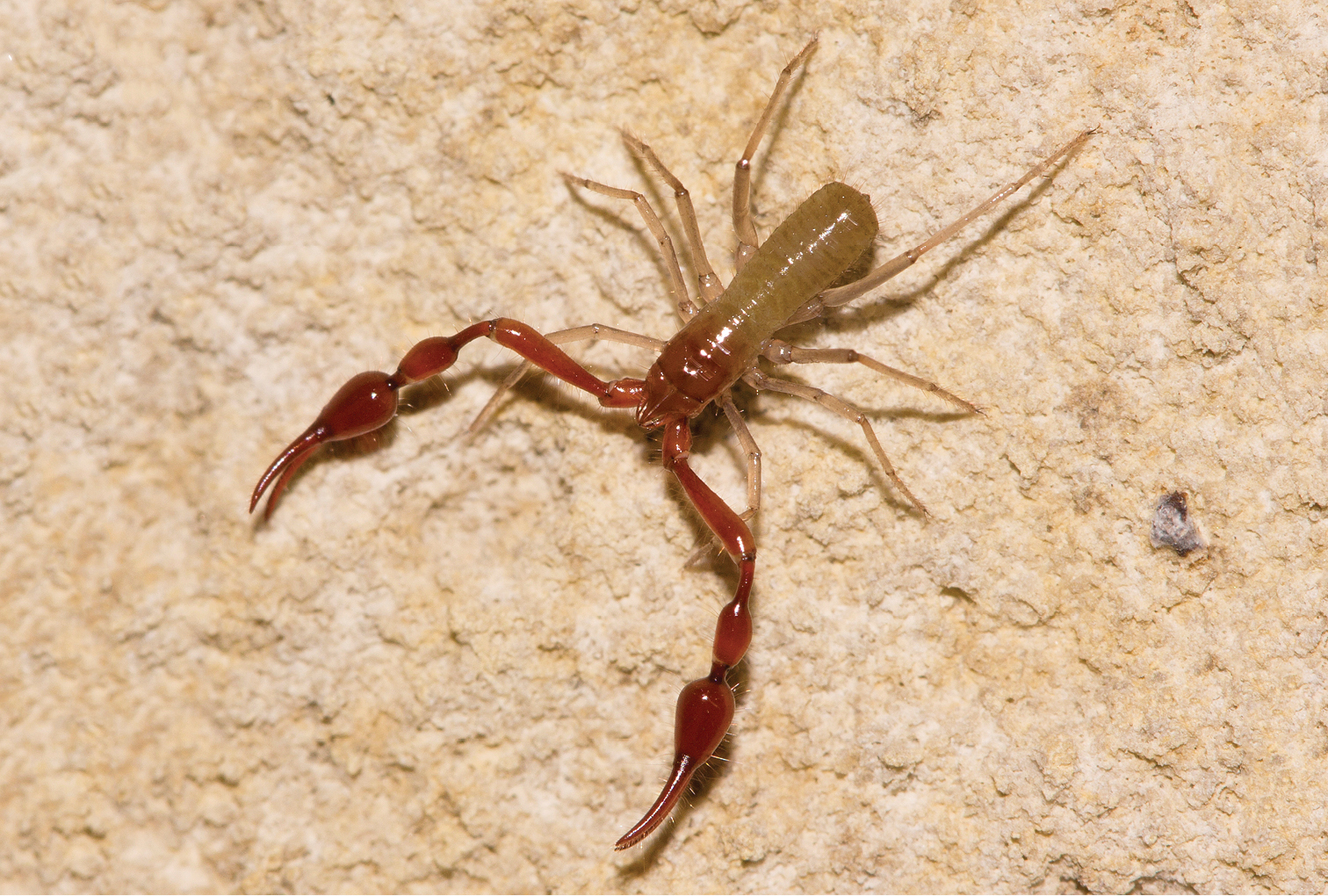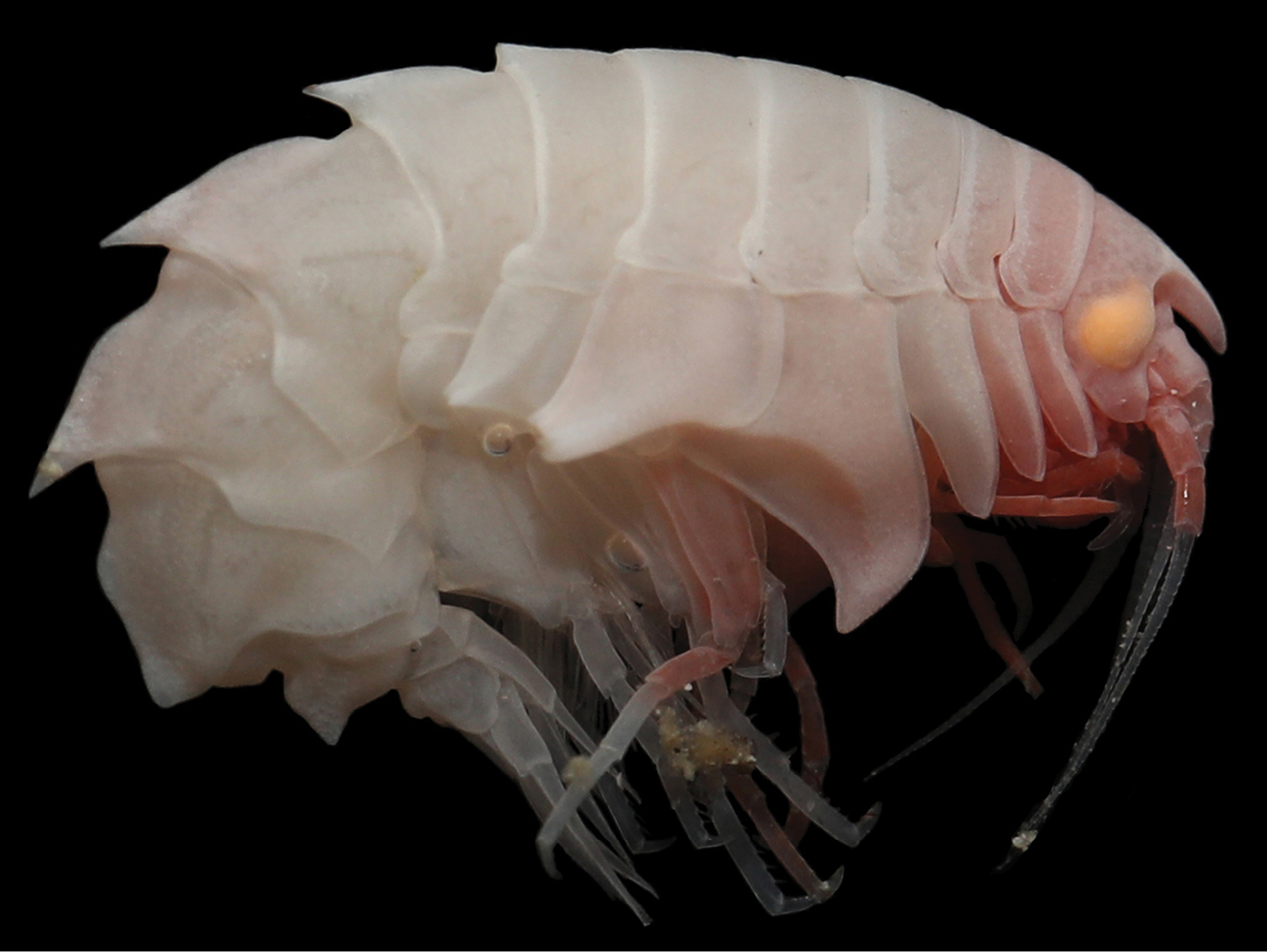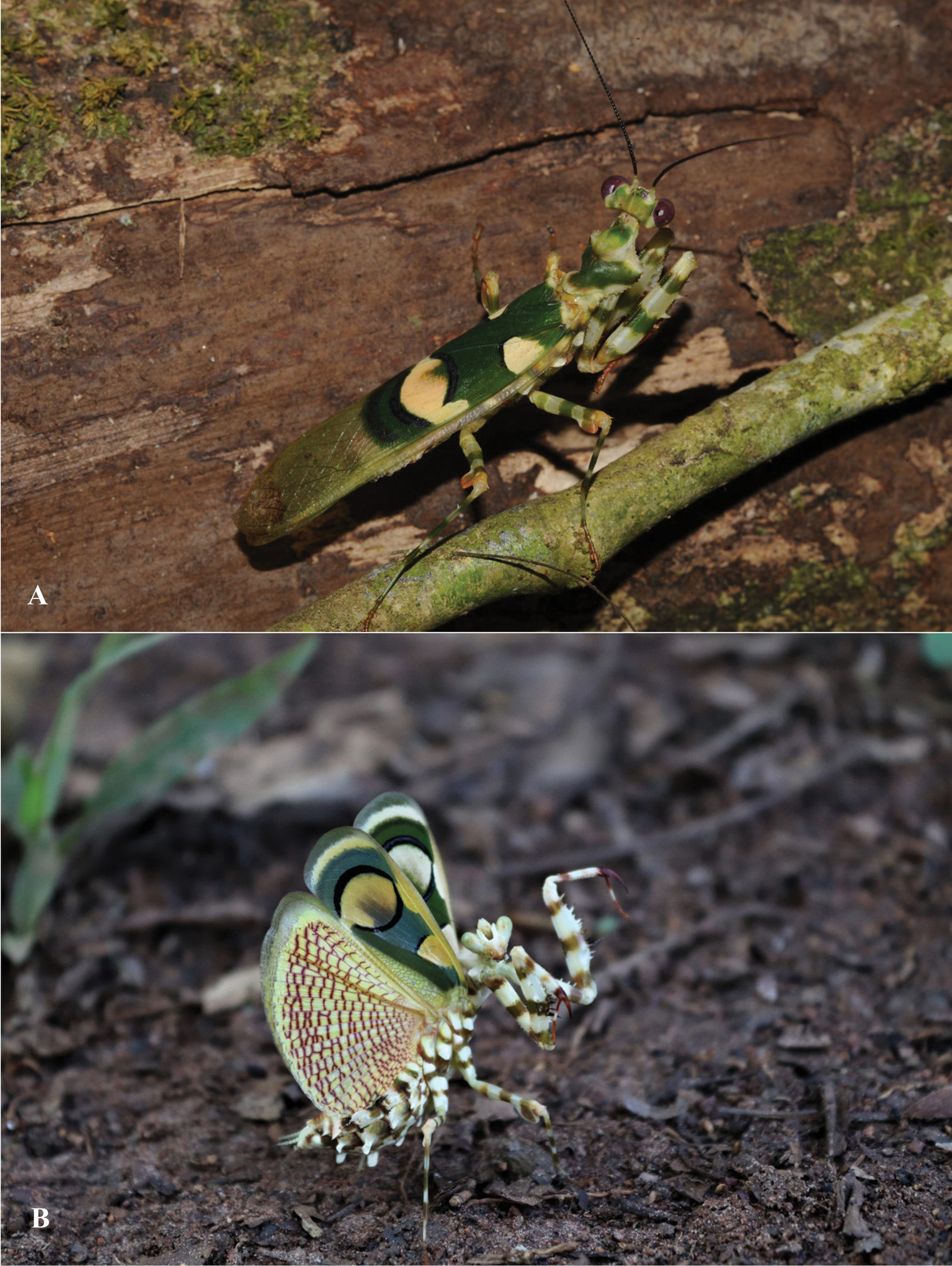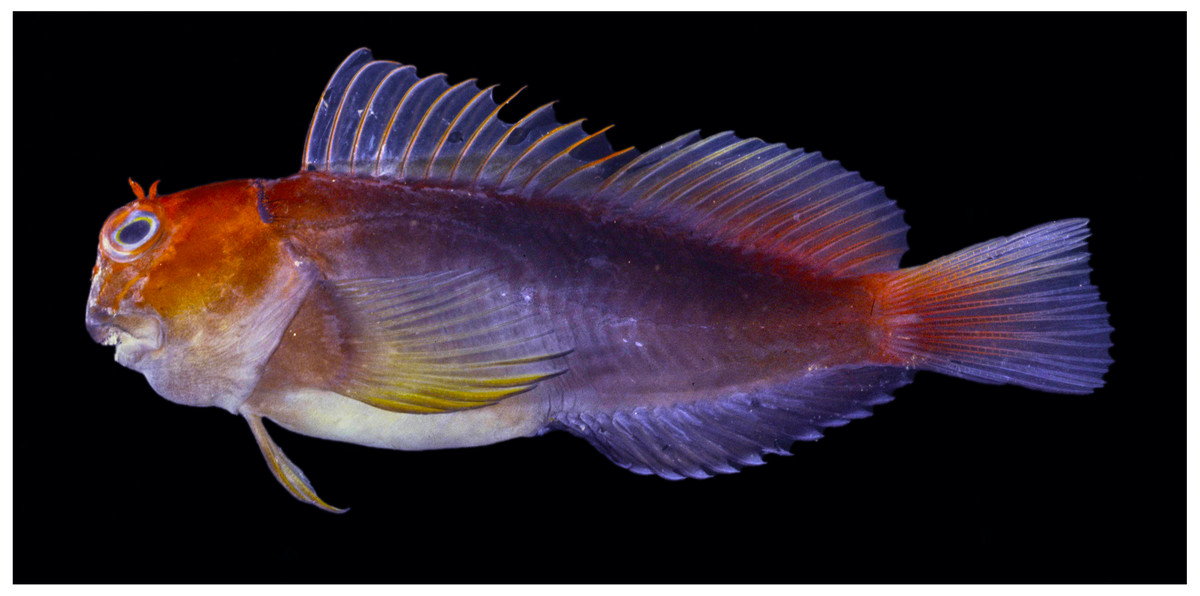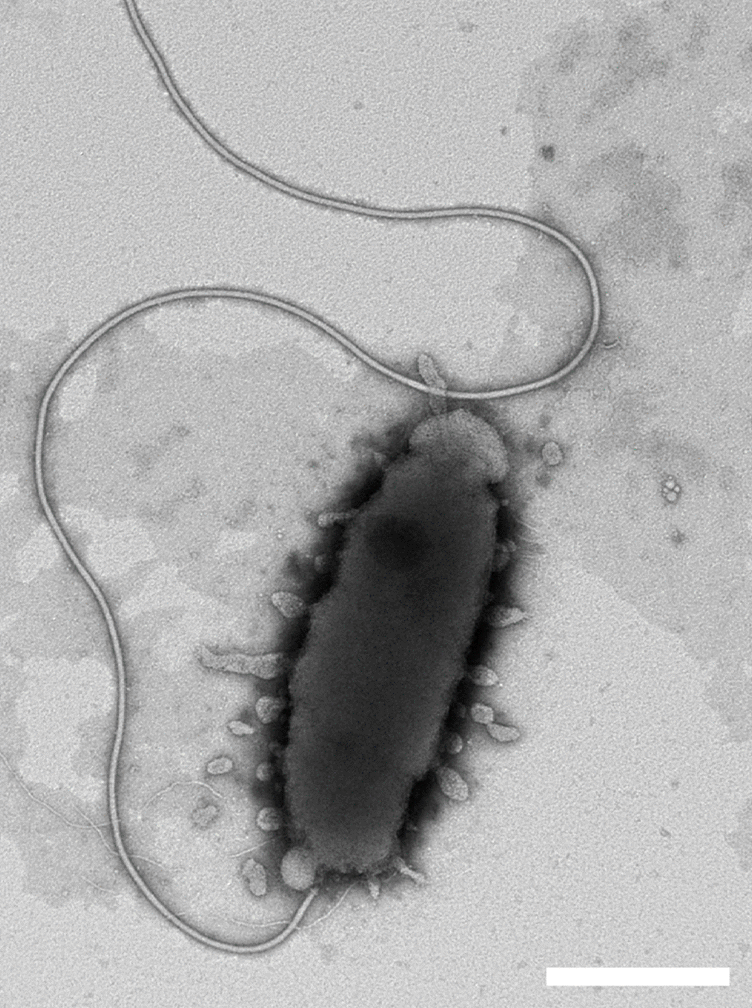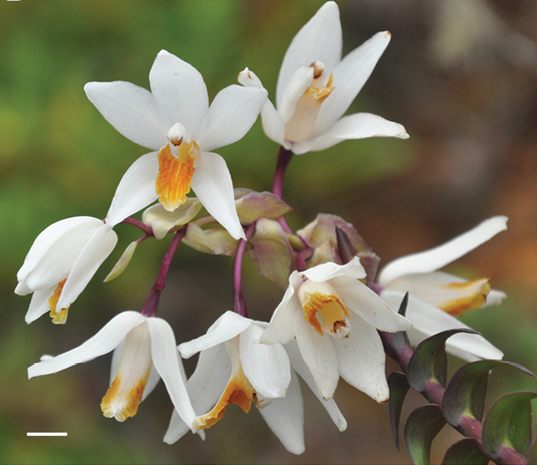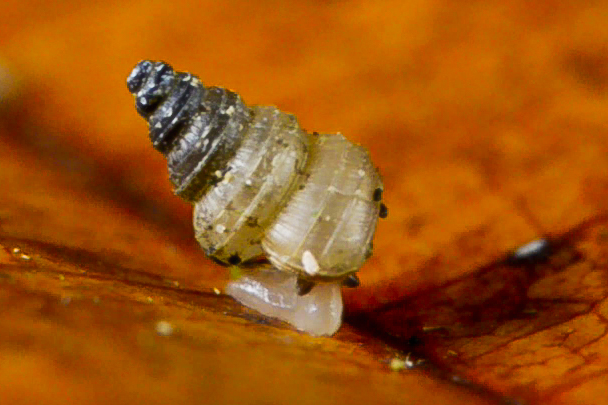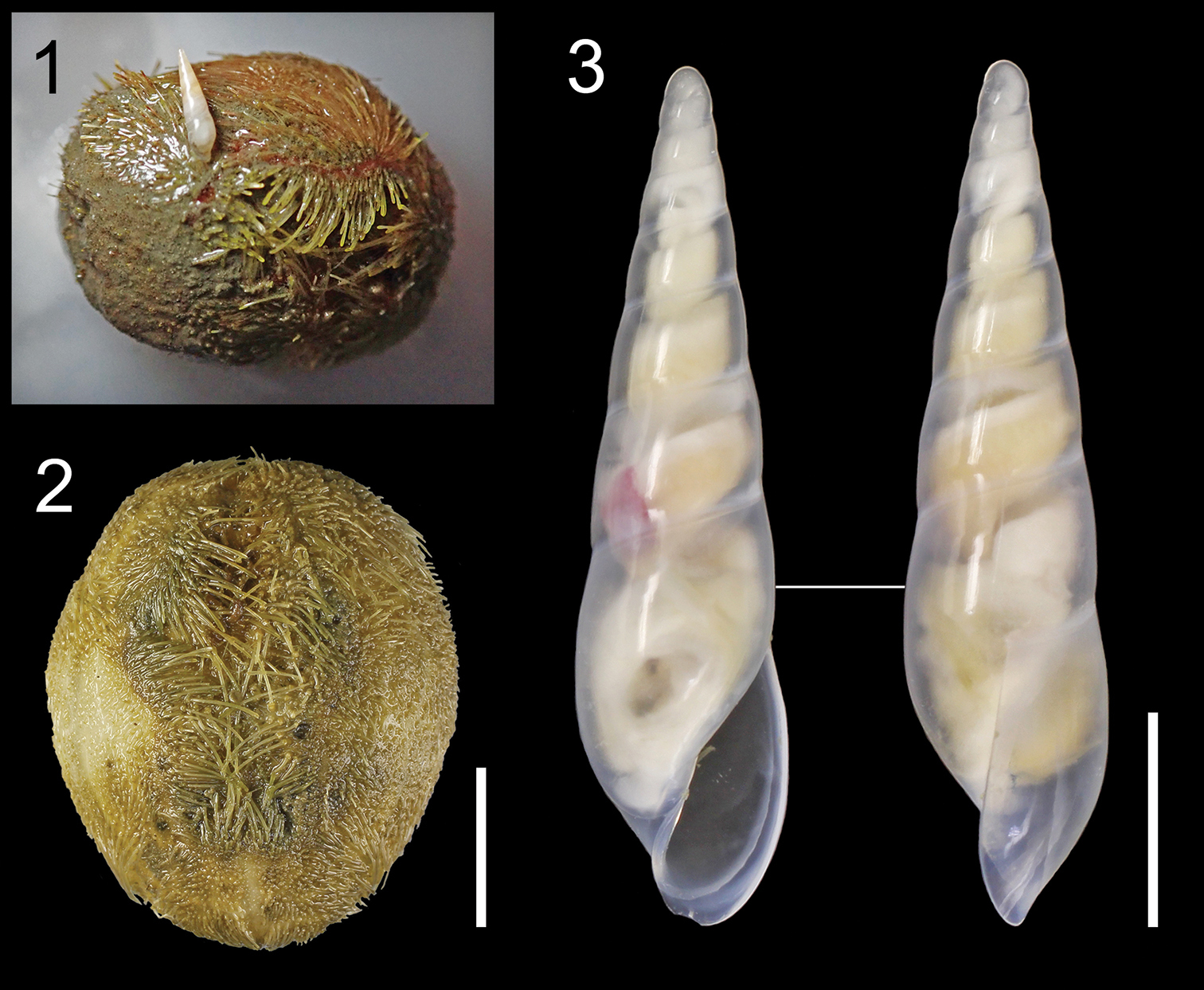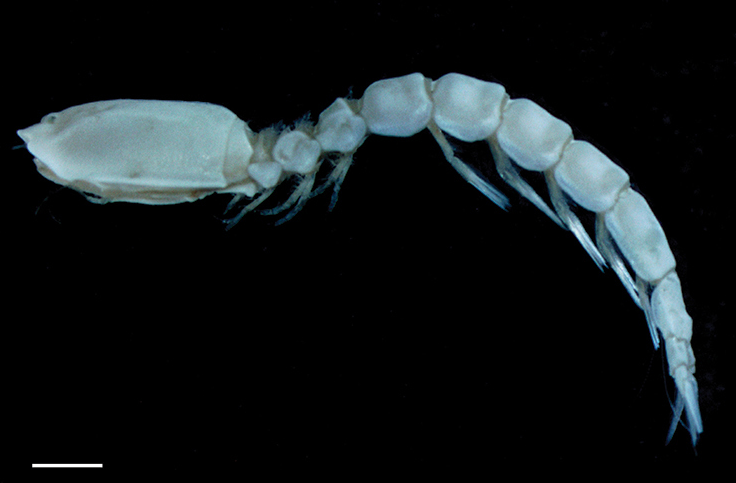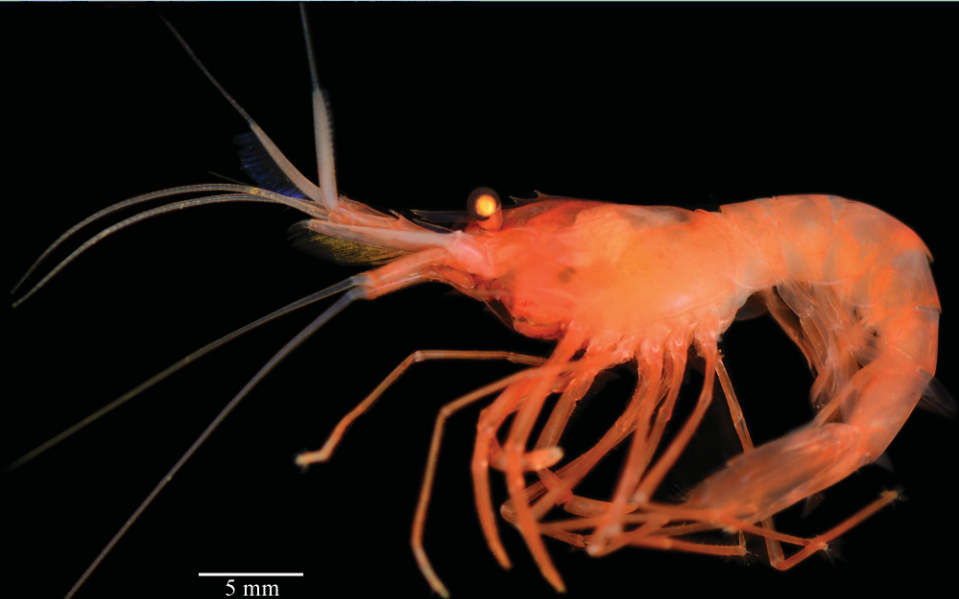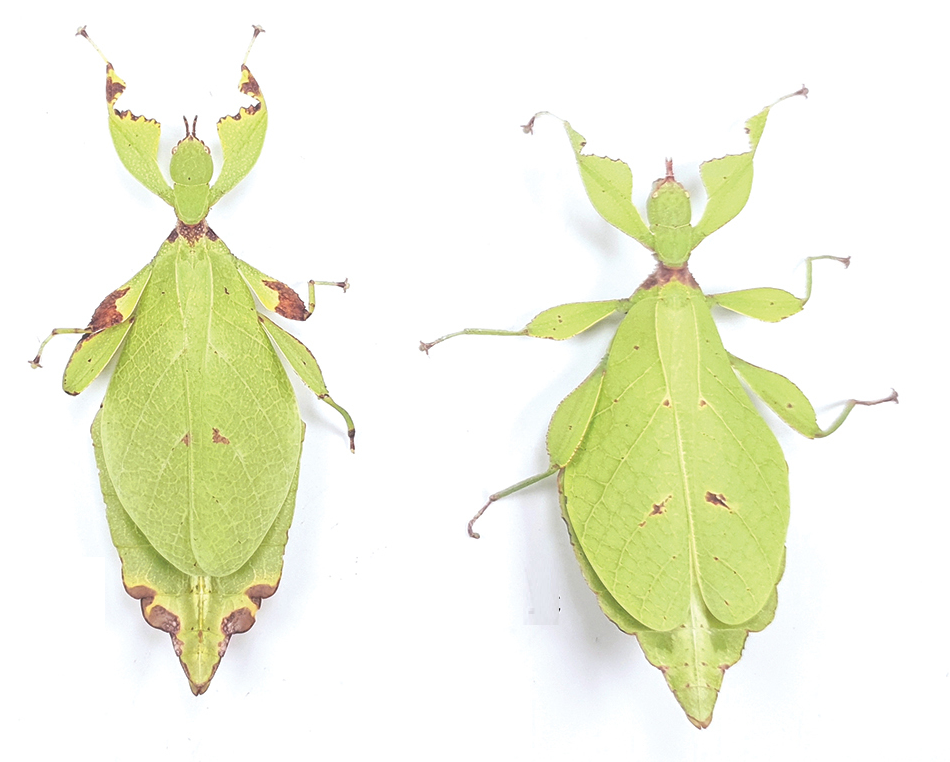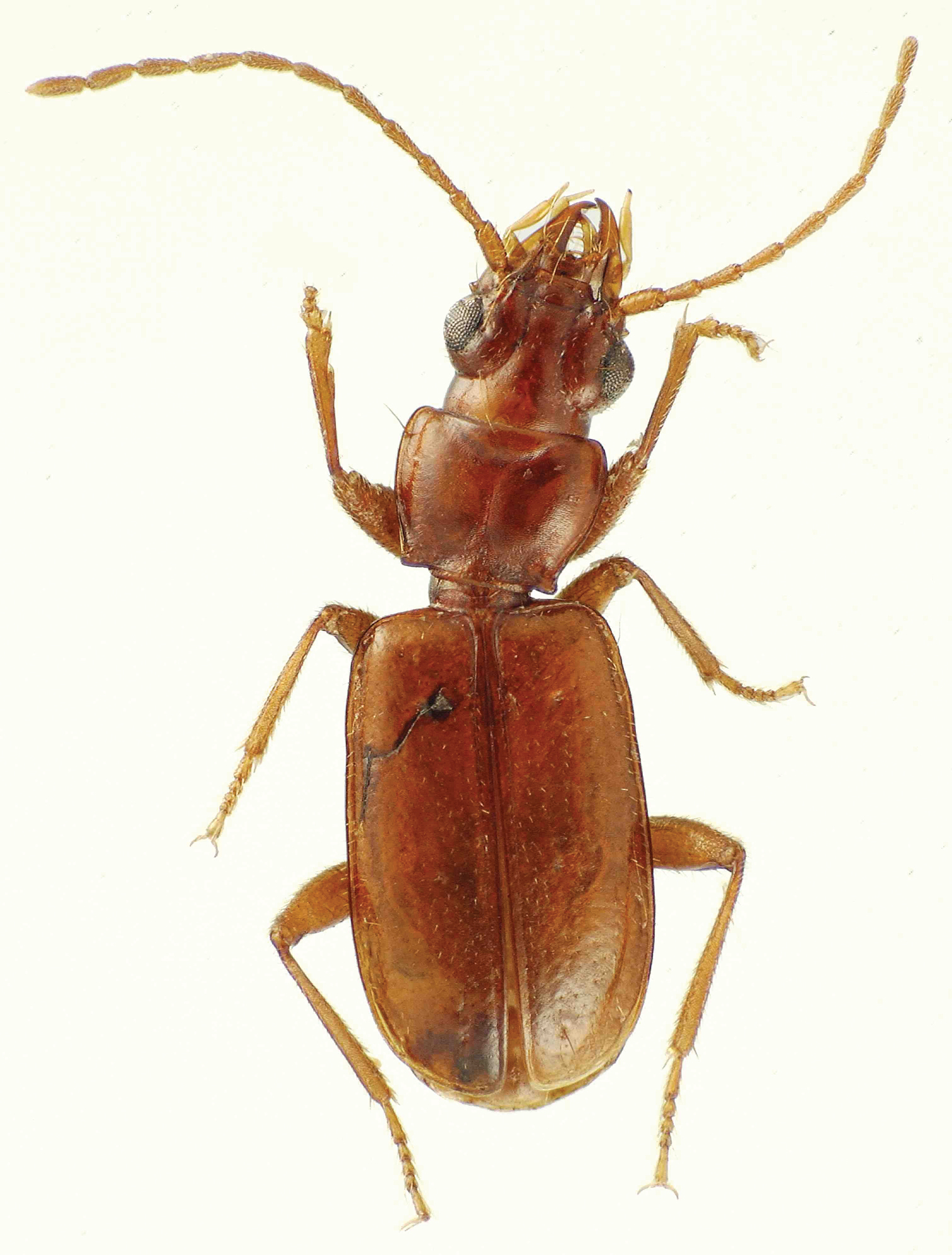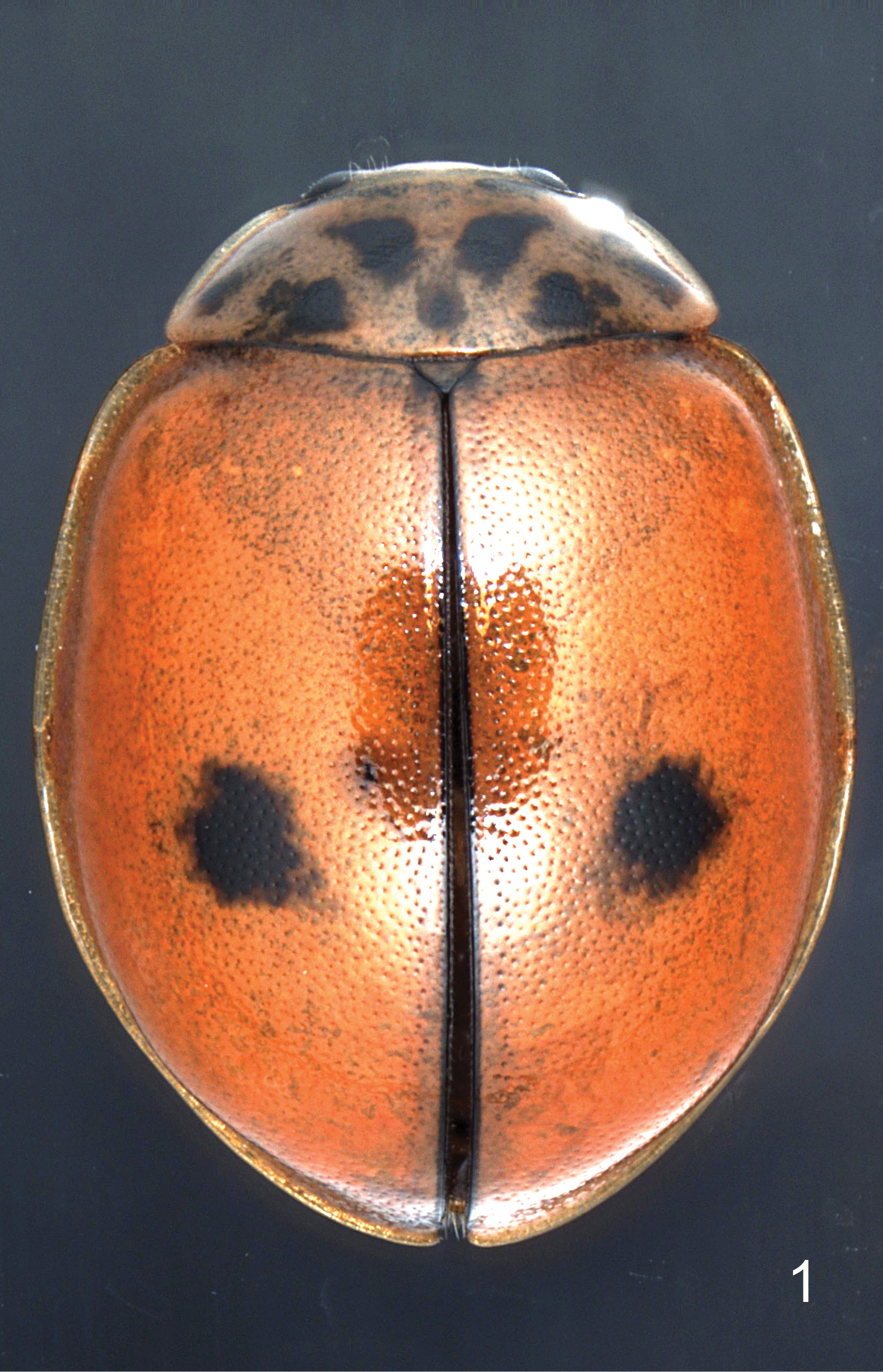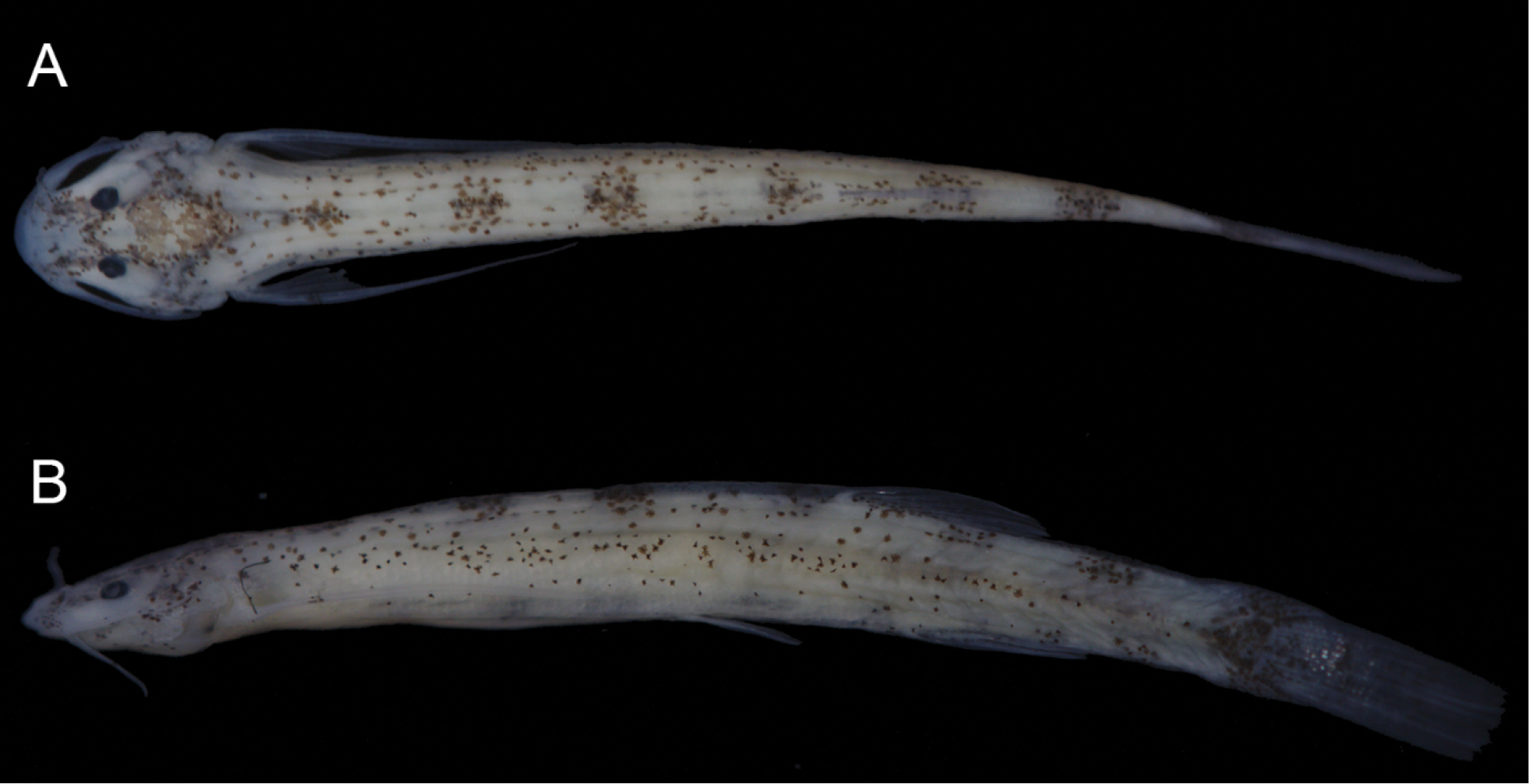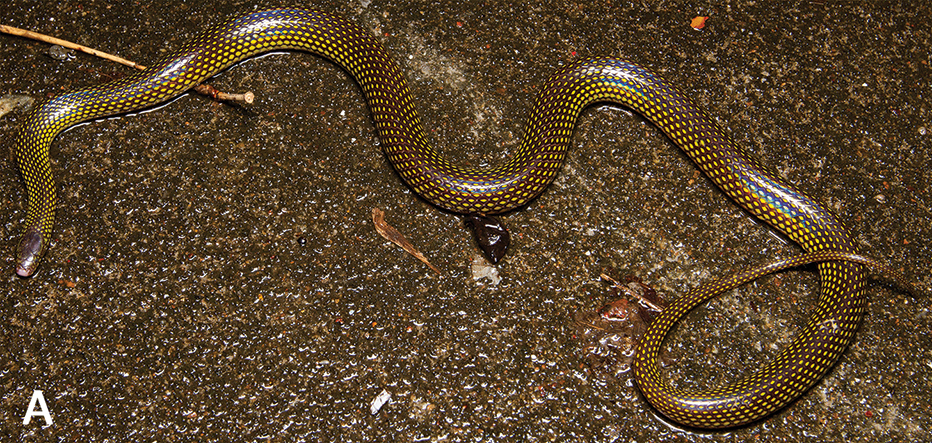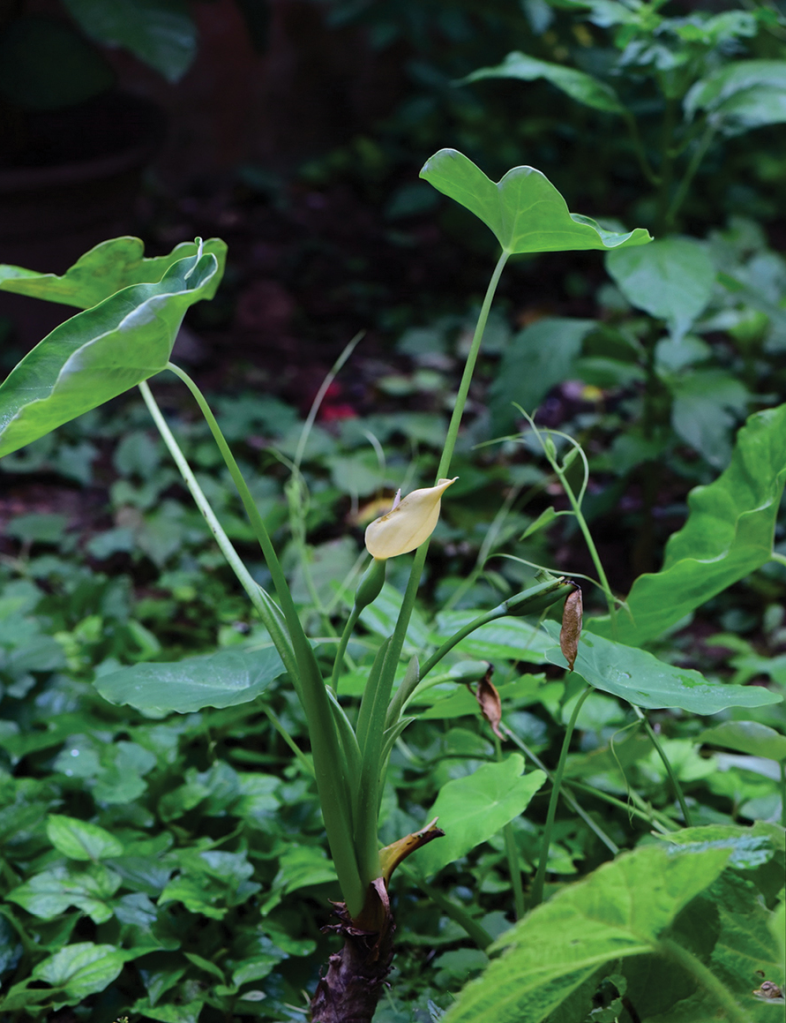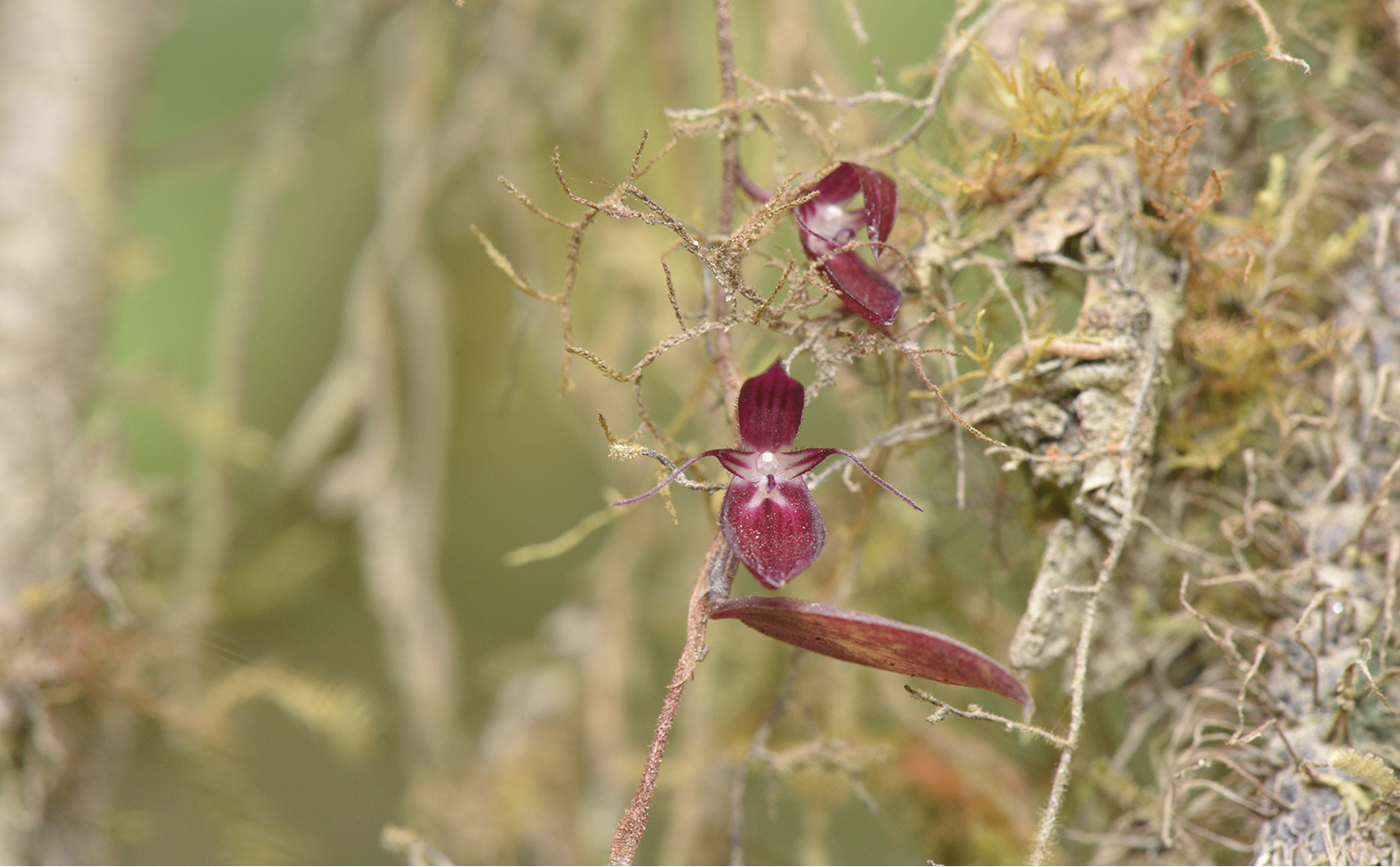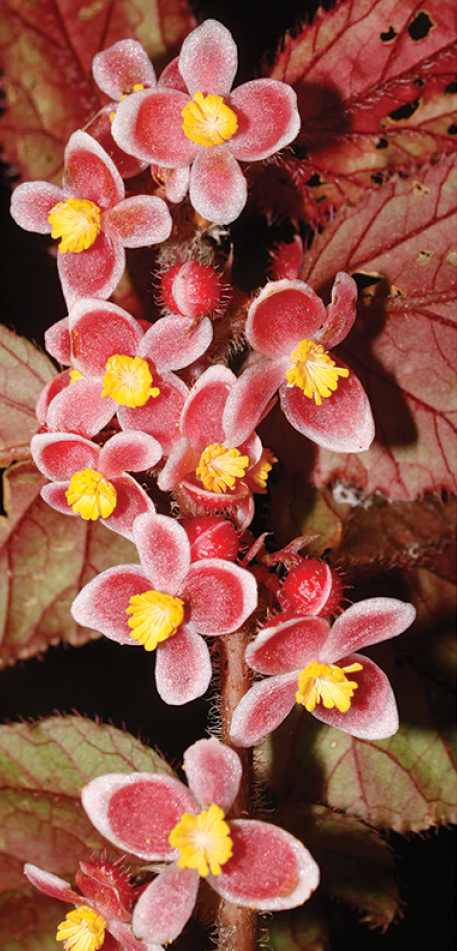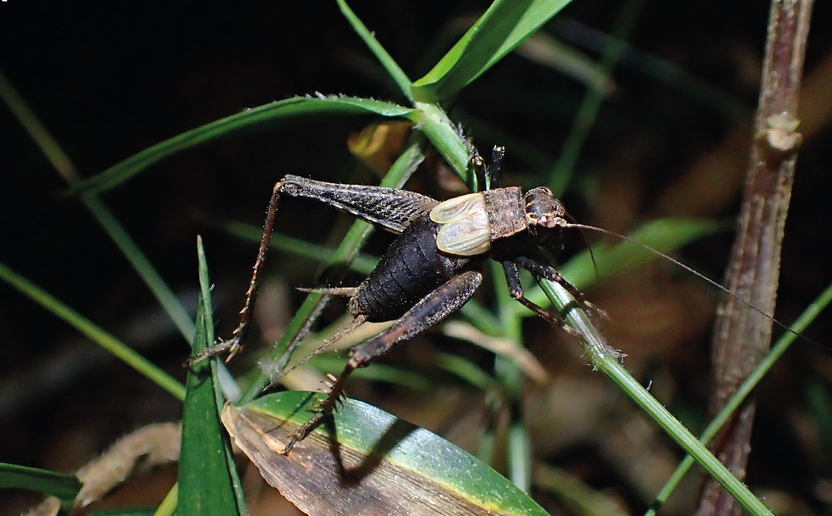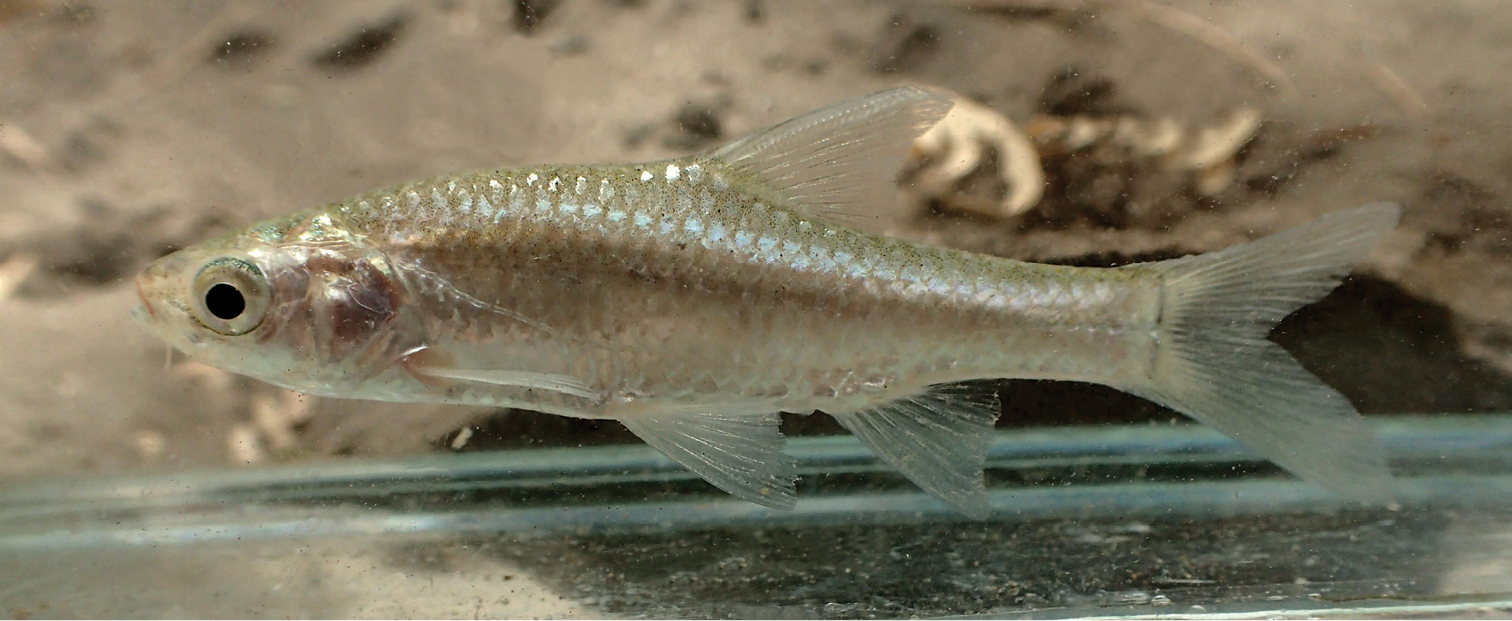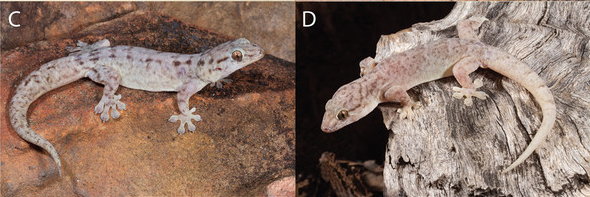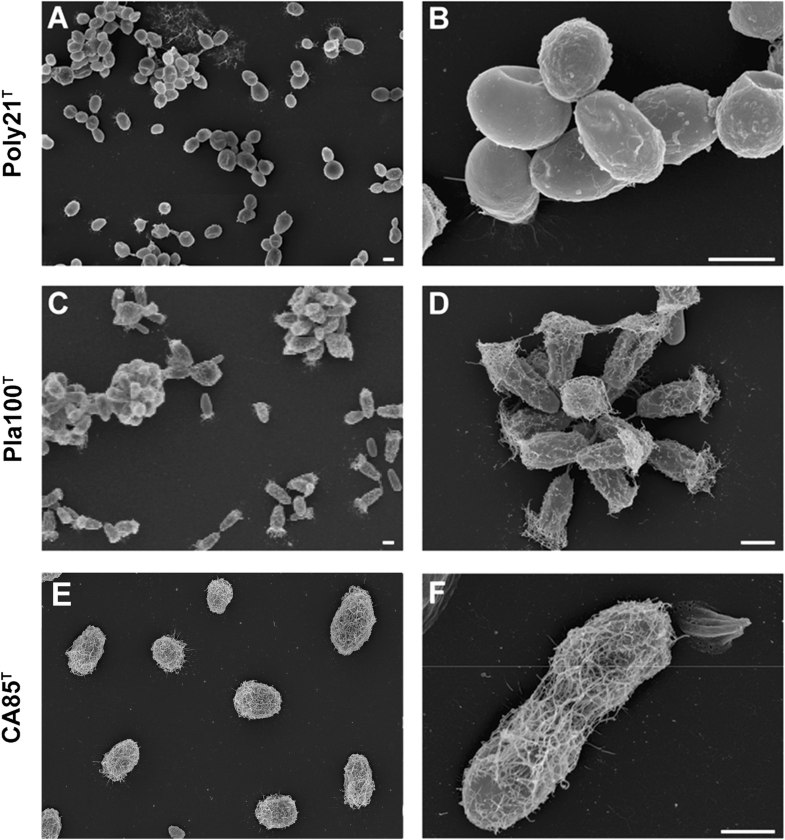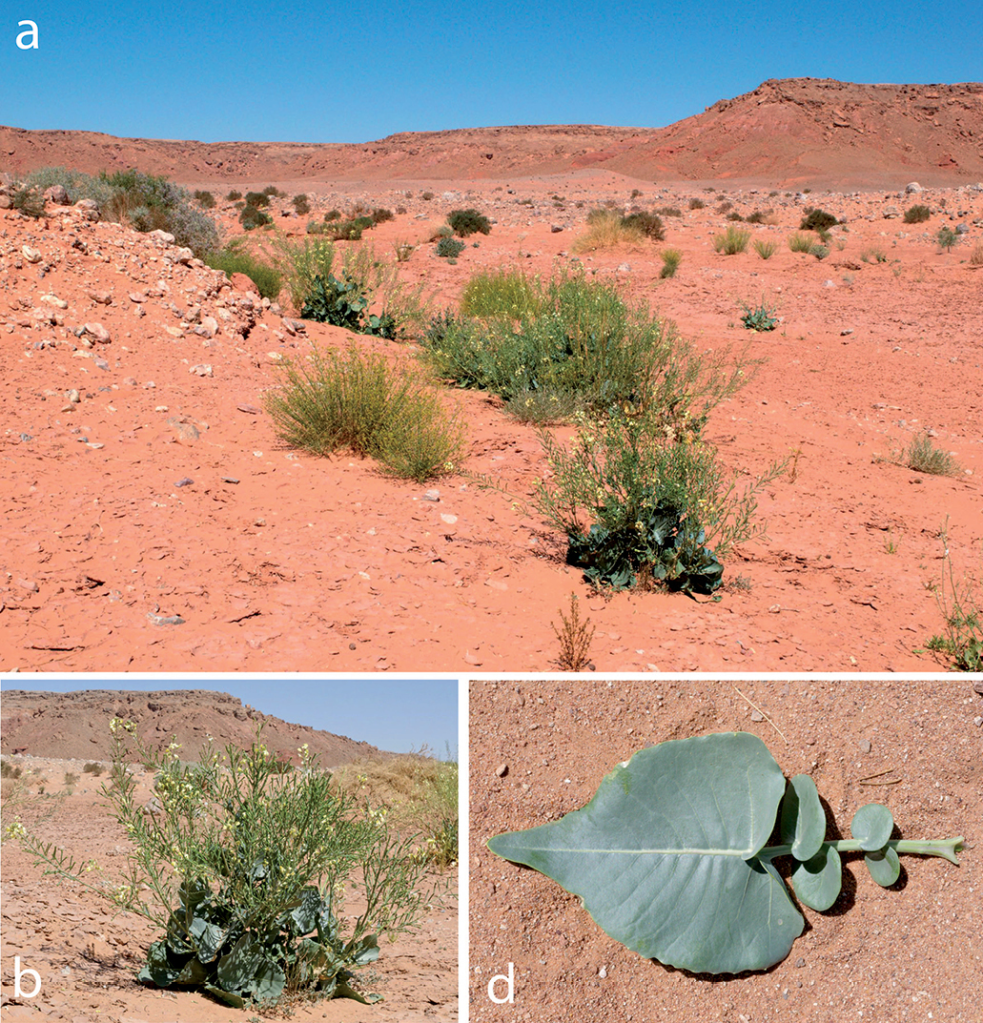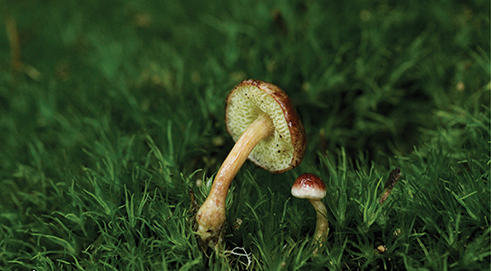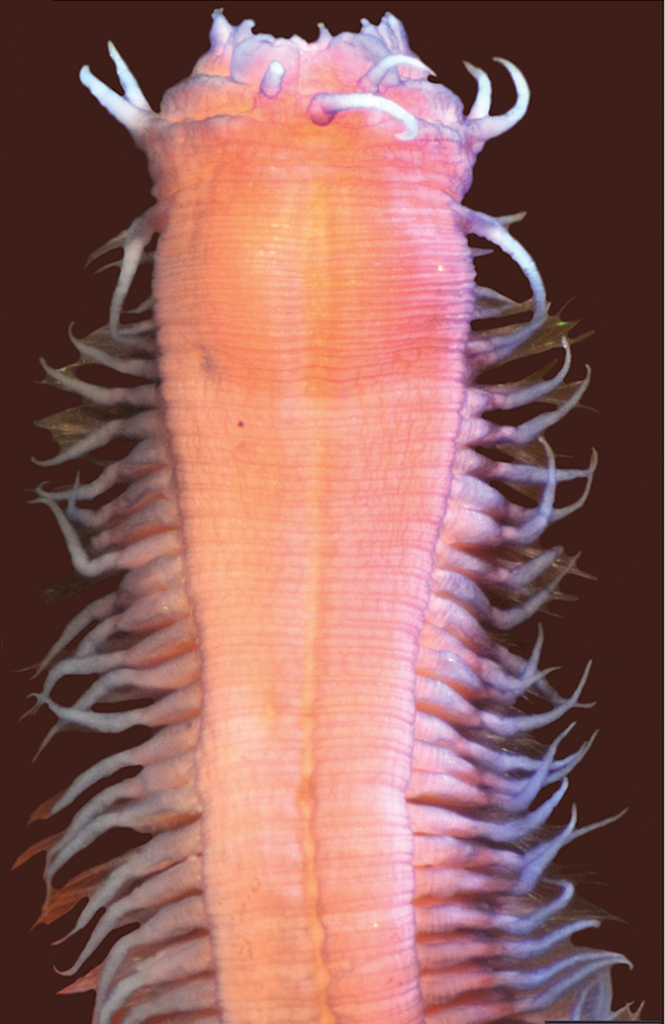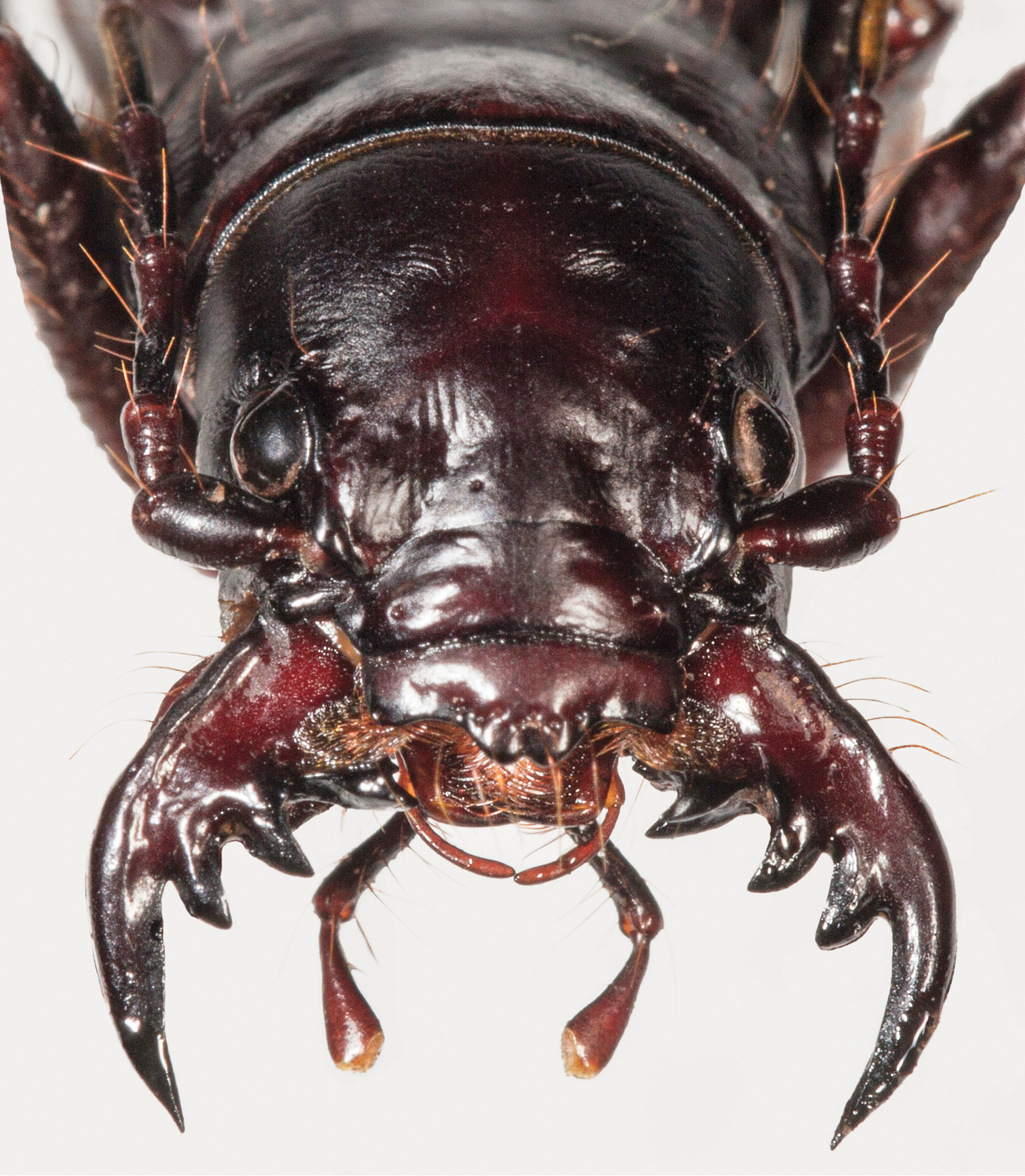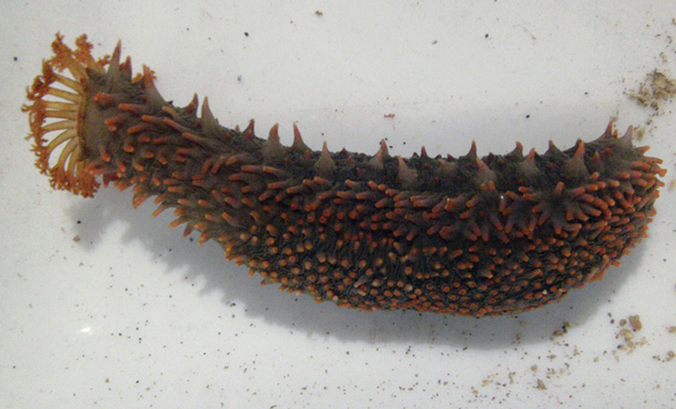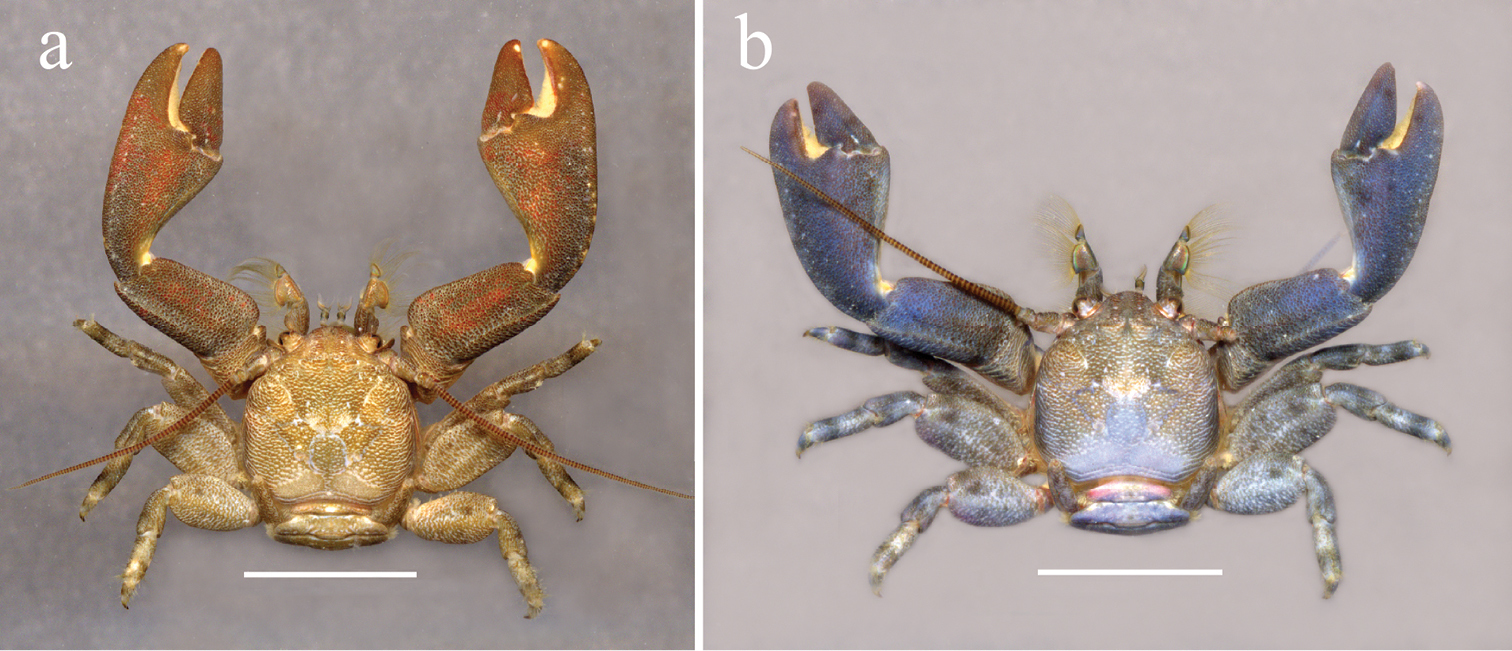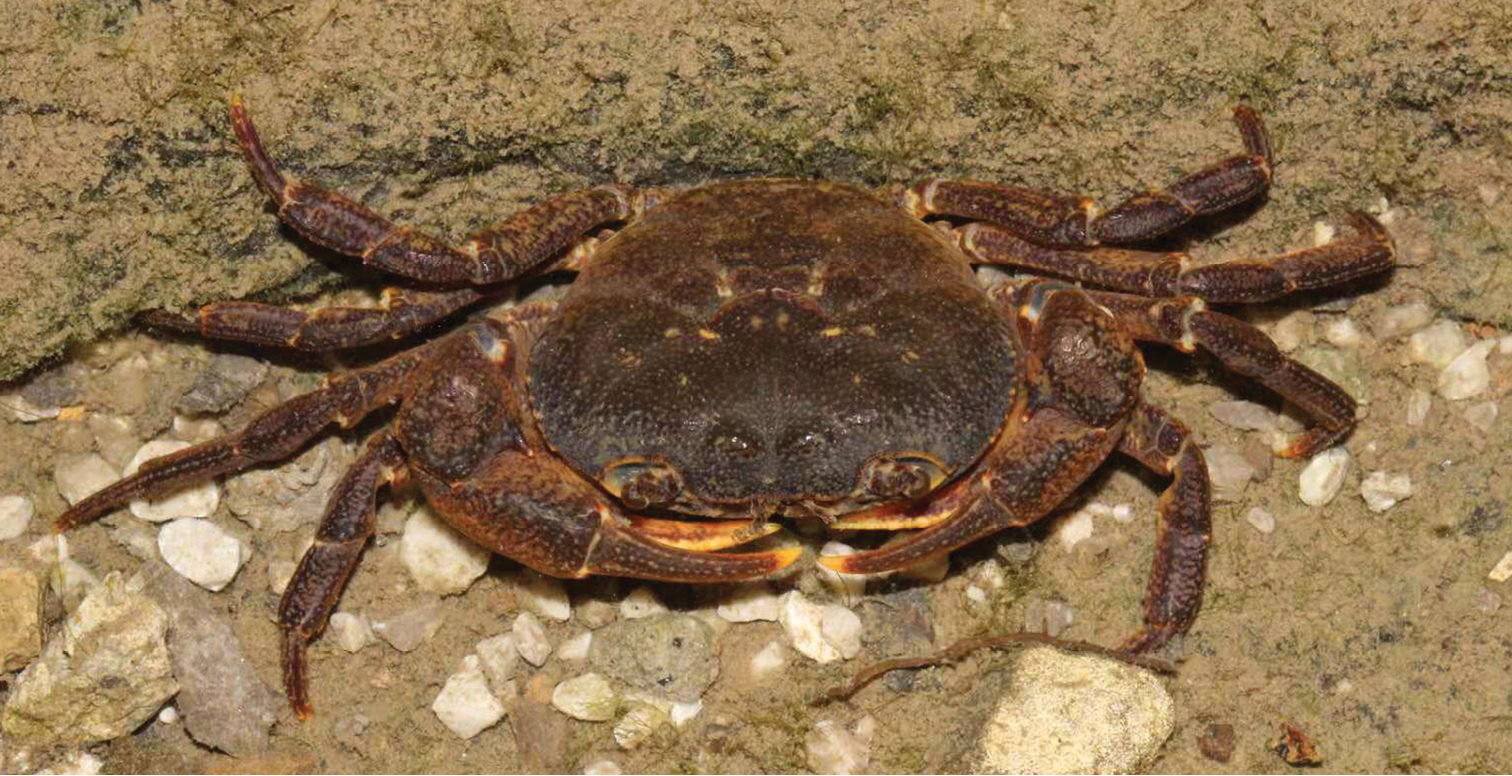by Piter Kehoma Boll
Here is a list of species described this month. It certainly does not include all described species. You can see the list of Journals used in the survey of new species here.
Bacteria
- 13 new actinobacteria: Cellulomonas endophytica; Glycomyces albidus; Amycolatopsis nivea; Auraticoccus cholistanensis; Saccharopolyspora coralli; Streptomyces montanus; Streptomyces mimosae; Serinicoccus hydrothermalis; Acidiferrimicrobium australe; Leekyejoonella antrihumi; Rhodococcus oryzae; Catellatospora sichuanensis;
- 6 new bacteroids: Aequorivita lutea; Aequorivita sinensis; Duncaniella dubosii, Duncaniella freteri; Aquirufa rosea; Lutibacter citreus; Capnocytophaga felis;
- 2 new cyanobacteria: Stenomitos kolaenensis, S. hiloensis;
- 5 new firmicutes: Lactobacillus argentoratensis, Lactobacillus zhaodongensis; Lysinibacillus antri; Jeotgalibaca ciconiae; Zhaonella formicivorans;
- 1 new planctomycete: Alienimonas chondri;
- 20 new proteobacteria: Pseudomonas hydrolytica; Pseudomonas fildesensis; Roseovarius bejariae; Desulfobotulus mexicanus; Eikenella halliae, Eikenella longinqua; Luteimonas chenhongjianii; Nocardiopsis deserti; Sphingorhabdus lacus, Sphingorhabdus profundilacus; Marinobacter changyiensis; Klebsiella indica; Francisella salimarina; Citrobacter cronae; Denitrobaculum tricleocarpae; Rugamonas aquatica Rugamonas rivuli; Pseudoalteromonas rhizosphaerae; Nocardioides dongxiaopingii; Devosia marina; Candidatus Trichorickettsia mobilis;
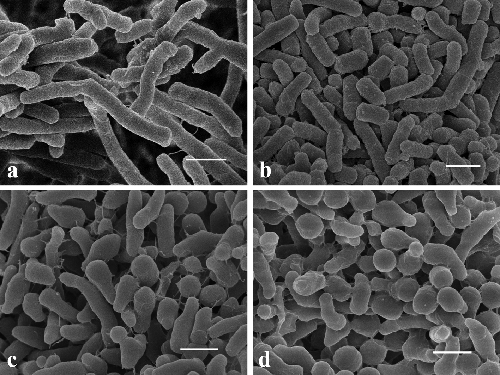
Archaeans
- 1 new euryarchaeote: Haloplanus rubicundus;

SARs
- 2 new apicomplexans: Isospora gmelini; Isospora dipperia;
- 3 new dinoflagellates: Freudenthalidium heronense, F. endolithicum, Halluxium pauxillum;
- 9 new ochrophytes: Eunotia itacueretabaensis; Navicula daochengensis; Lindavia nepalensis; Proschkinia luticola, P. staurospeciosa, P. impar, P. modesta, P. fistulispectabilis, P. rosowskii;
- 1 new labyrinthulomycete: Phycophthorum isakeiti;
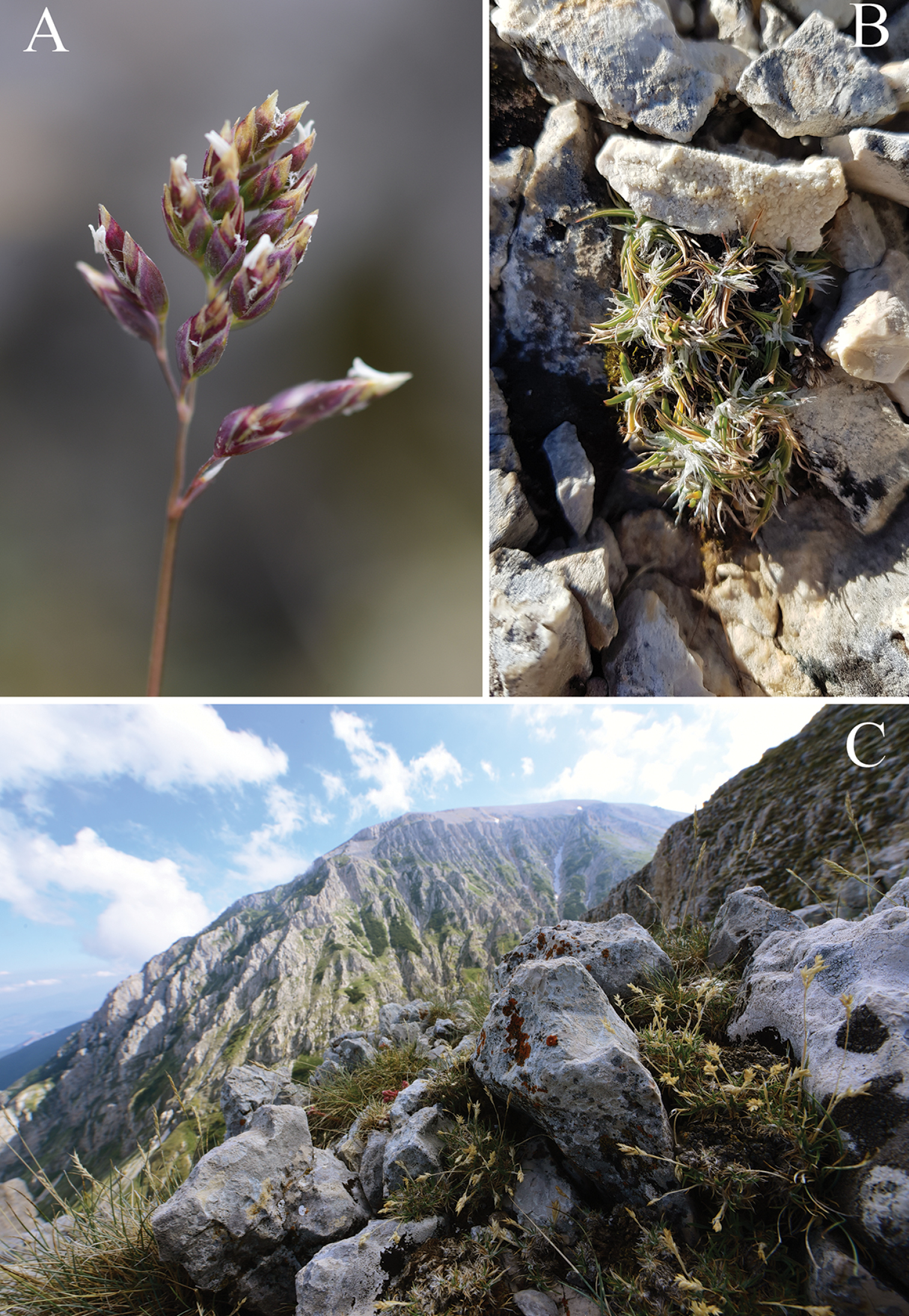
Plants
- 5 new rhodophytes: Ramicrusta fujiiana, Ramicrusta paradoxa, Incendia yoneshigueana; Aphanta asiatica; Eucheumatopsis sanibelensis;
- 1 new charophyte: Nitella singaporensis;
- 1 new pteridophyte: Crepidomanes shenzhenense;
- 15 new monocots: Peliosanthes ligniradicis; Clinanthus longissimus; Crocus asymmetricus; Andinia barbata; Juncus hondurensis; Hohenbergia ituberaensis; Aspidistra xichouensis; Epidendrum deditae; Schoenus inconspicuus; Anthurium atrovinosum, A. brigadeiroense; Dendrobium butinii, Dendrobium letocartiorum; Poa magellensis; Calanthe sieboldopsis;
- 36 new eudicots: Impatiens tirbinensis, I. shiyomiensis; Helicteres pegueroi; Sisyranthus sekhukhuniensis, Sisyranthus vryheidensis; Stenocephalum sp.; Biophytum agasthyamalayanum; Mixtecalia teitaensis; Hedyotis shoolamudianus; Microlicia pacificoi; Rubus oklejewiczii; Ancistrothyrsus scopae; Vincetoxicum strigosum; Ophiorrhiza hoanglienensis; Isoglossa darbyshirei; Lasianthus puffii, L. sithammaratensis; Dianthus hamzaoglui; Begonia fimbritepala; Begonia sidolensis, Begonia rolandfadlii; Begonia caramoanensis; Aquilegia bashahrica; Passiflora nana; Tiganophyton karasense; Capparidastrum dugandii; Chrysolaena glandulosa; Ruehssia sumiderensis; Salacia frutiplatensis; Aconitum haridasanii; Pilostyles maya; Phlebiopsis lacerata; Carpinus gigabracteatus; Hanceola suffruticosa; Ardisia argentiana, A. nagaensis;

Amoebozoans
- 1 new discosean: Korotnevella mutabilis;
Fungi
- 11 new ascomycetes: Alternaria hedjaroudei; Alternaria vicatiae; Alternaria telliensis; Parafuscosporella aquatica, P. pyriformis; Hypoxylon guilanense; Trichoderma panacis; Diaporthe araucanorum, Diaporthe foikelawen, Diaporthe patagonica; Leptobacillium symbioticum;
- 21 new basidiomycetes: Scleroderma venenatum; Termitomyces floccosus, T. upsilocystidiatus; Tetrapyrgos spp.; Tylopilus hayatae; Pseudohydnum brunneiceps; Sarcodon coactus, S. grosselepidotus, S. lidongensis; Tubulicrinis xantha, T. yunnanensis; Cystomyces antheropori; Neofavolus americanus, Neofavolus squamatus; Laccaria fengkaiensis, L. prava;
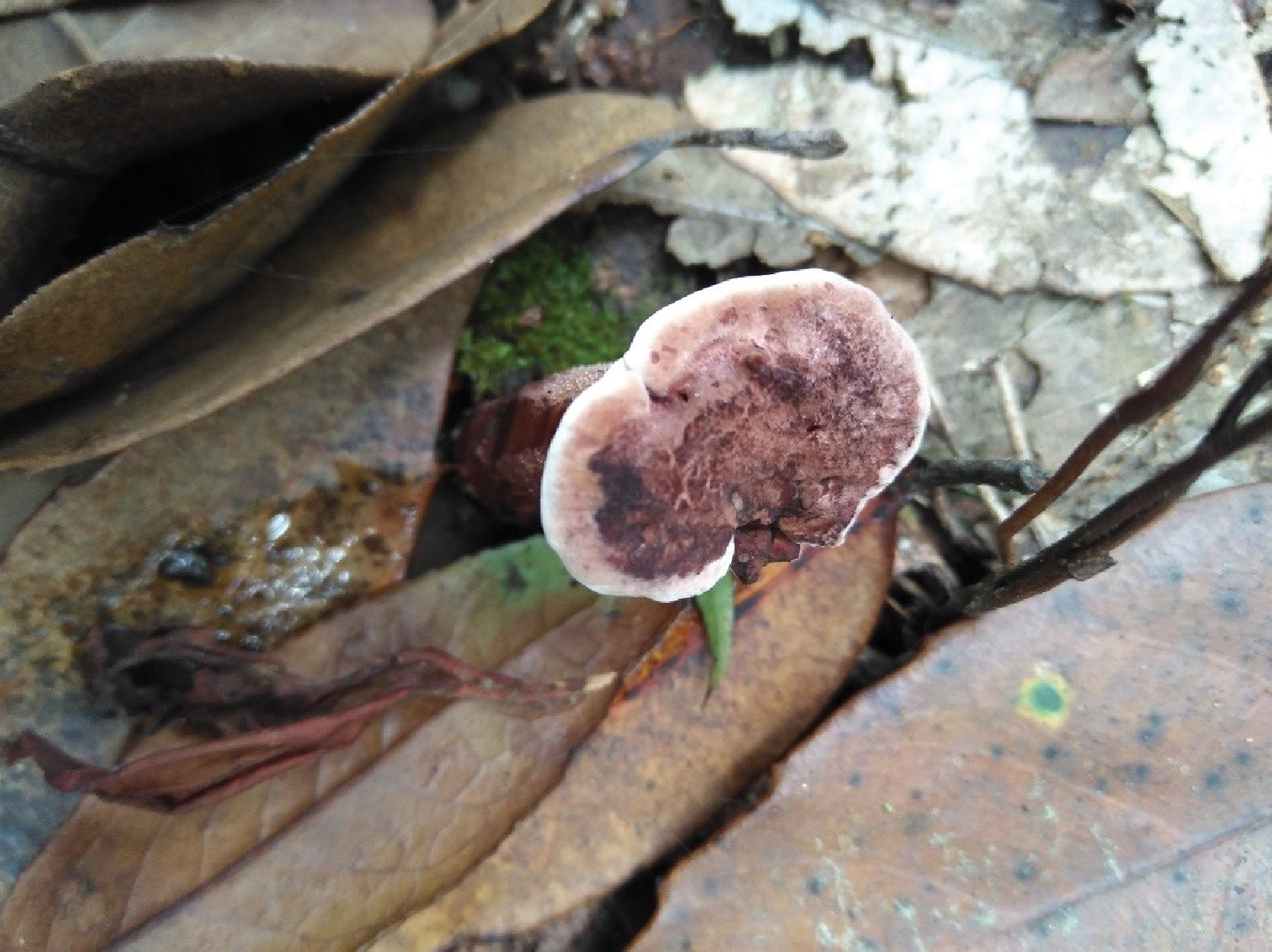
Poriferans
- 13 new demosponges: Abyssocladia kanaconi, A. microstrongylata, A. mucronata; Neoschrammeniella inaequalis, N. piserai, N. pomponiae, Discodermia arbor, D. kellyae, Macandrewia schusterae, M. minima, Exsuperantia levii, Leiodermatium tuba, Siphonidium elongatus;
Cnidaria
- 2 new myxozoans: Myxobolus stellatus; Kudoa yasai;
- 33 new anthozoans: Litophyton cockburnensis, L. daviesensis, L. dipensis, L. elfordensis, L. graafae, L. myrmidonensis, L. projectum, L. pseudorowleyensis, L. rowleyensis, L. spinulosum, L. acutum, L. obtusum, L. territoryensis, L. brewerensis, L. oxleyensis, L. simplex, L. snakeensis, L. squamatum, L. carnatum, L. grandis, L. pandoraensis, L. brachiatum, L. burfordensis, L. darleyensis, L. folium, L. fusum, L. horseshoeensis, L. sanctuaryensis, L. swainensis, L. verrucosum; Paraphelliactis labiata; Thouarella islai, T. weddellensis, T. polarsterni;
Rotifers
- 1 new acanthocephalan: Pallisentis thapari;
Flatworms
- 1 new monogenean: Gyrodactylus triglopsi;
- 1 new trematode: Maritrema kostadinovae;
- 6 new cestodes: Acanthobothrium ppdeleoni, Acanthobothrium hypanus, A. sinaloaensis; Hobergia irazuensis, Hymenolepis cratogeomyos; Gyrocotyle haffii, G. discoveryi;
Mollusks
- 27 new gastropods: Scissurella nesbittae; Alvania pizzinii; Bythinella eleousae, B. kastaliae, B. taygetensis, B. kambosensis, B. alexpeteri, B. ellinikae, B. amira, B. kithiraensis, B. corrosa; Ifrania zerroukansis, Fessia aouintii; Afrodonta geminodonta, Af. mystica, Af. pentodon, Amatholedonta fordycei, Biomphalodonta forticostata, Costulodonta bidens, C. pluridens, Iterodonta ammonita, Phialodonta agulhasae, P. atromontana, P. aviana, P. rivalalea; Erhaia jannei, E. pelkiae;
Annelids
- 3 new polychaetes: Euchonoides moeone; Leiocapitella sensibilis; Exogone rocas; Syllis malaquini;
- 1 new clitellate: Trocheta blanchardi;
Kinorhynchs
- 1 new species: Setaphyes elenae;
Nematodes
- 12 new chromadoreans: Prodontorhabditis robustus, P. grandistoma; Pseudosteineria longisetis; Physaloptera nordestina; Cosmocerca multipapillata; Rhabdochona adentata; Ascarophisnema hoiae; Macropostrongyloies spearei, Ma. mawsonae, Ma. woodi; Cosmocerca simile; Pulchrascaris australis;
- 1 new enoplean: Enoploides koreanus;
Tardigrades
- 6 new species: Pseuechiniscus angelusalas, Pse. dastychi, Pse. ehrenbergi, Pse. indistinctus, Pse. lacyformis; Minibiotus ioculator;
Onychophorans
Arachnids
- 23 new mites: Hygrobates (Lurchibates) intermedius, H. (L.) robustipalpis, H. (L.) pilosus; Torrenticola suptilisrostrum, Torrenticola spinextension, Torrenticola wuyiensis; Caeculus cassiopeiae; Ixodes acer, Ixodes giluwensis, Ixodes mirzai, Ixodes planiscutatus, Ixodes stellae; Cenopalpus umbellatus; Arrenurus mansoensis, A. niger, A. stagnalis, A. surinamensis, A. tempelmani; Austrocarabodes madagascarensis; Lasioseius orangrimbae; Pediculaster tjumeniensis, P. bisetus, P. rarus;
- 2 new harvestmen: Libitia gandalf, Libitia iguaque;
- 2 new pseudoscorpions: Tyrannochthonius eua, Nesocheiridium onevai;
- 42 new spiders: Wanniyala badulla, W. batatota; Mysmenopsis alvaroi, M. amazonica, M. angamarca, M. awa, M. baerti, M. bartolozzii, M. choco, M. cube, M. corazon, M. guanza, M. guayaca, M. hunachi, M. junin, M. lasrocas, M. lloa, M. otokiki, M. pululahua, M. salazarae, M. shushufindi, M. tepuy, M. tungurahua; Lepthercus dippenaarae, L. engelbrechti, L. haddadi, L. sofiae, Lepthercus filmeri, Lepthercus kwazuluensis, Lepthercus lawrencei, Lepthercus mandelai; Tetragnatha megalocera, Tetragnatha renatoi, Tetragnatha chiyokoae; Meta hamata, M. longlingensis, M. tangi, M. yani, M. yinae; Xevioso cepfi, X. megcummingae; Promolotra hponkanrazi, P. shankhaung; Berlandiella zabele;
Myriapods
- 14 new diplopods: Alloproctoides consonensis, Monographis condorensis, Unixenis moniqueae; Aquattuor mollilobus, A. nguruensis; Trachyjulus magnus; Zoosphaerium mangabe, Z. bartolozzii, Z. taitii; Sphaerobelum pumatense, Sphaeropoeus honbaensis, Sphaeropoeus bidoupensis; Globanus drewesi; Parastenonia carajas;
- 1 new chilopod: Lithobius (Ezembius) varioporus;
- 1 new pauropod: Samarangopus zhongi;
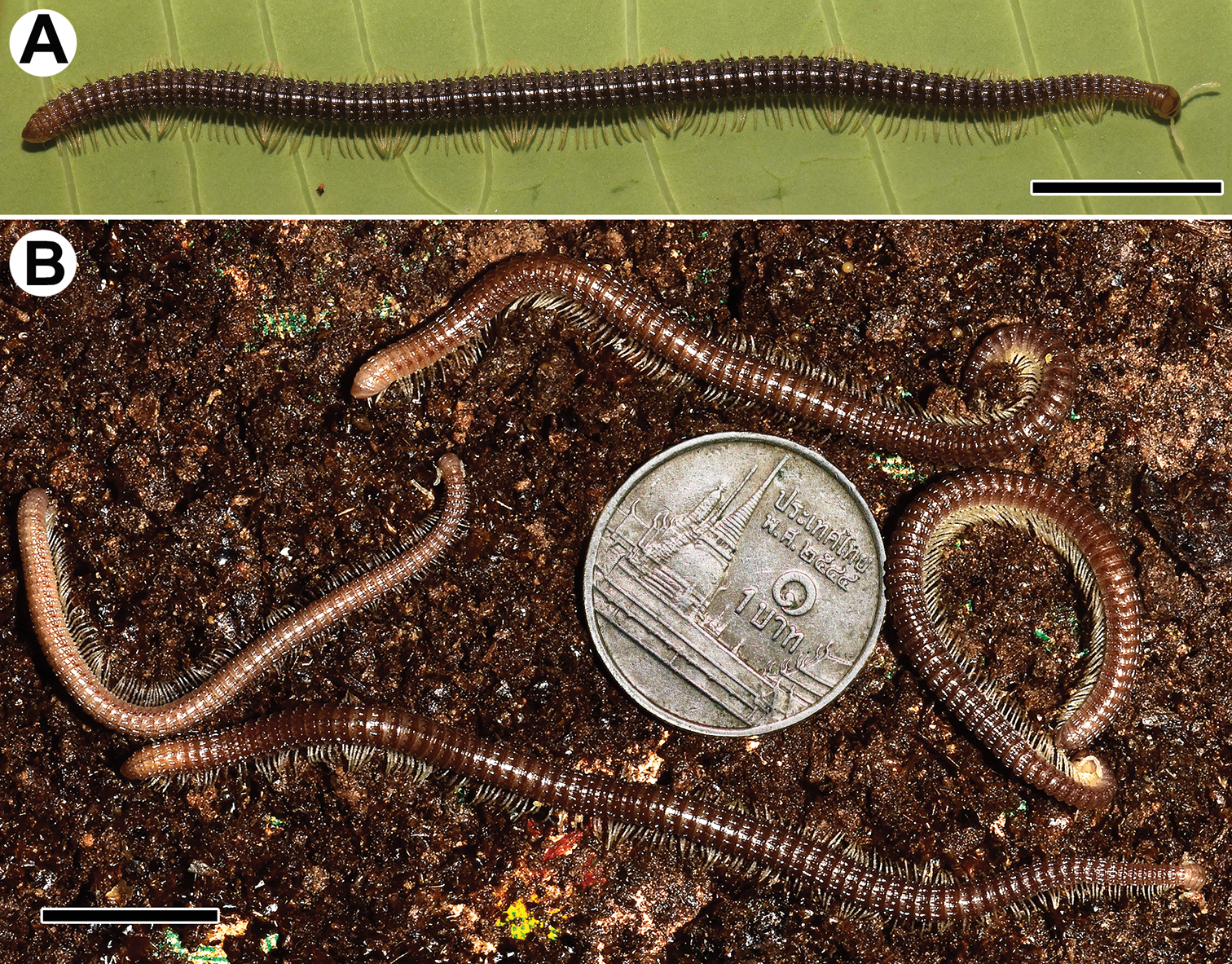
Crustaceans
- 9 new ostracods: Cypris pretusi; Strandesia thomazi, S. galeati, S. nakatanii; Pseudocypretta lineata; Strandesia mehesi; Cyprettadopsis sutura; Ekpontocypris coreana, Schedopontocypris raehyuki;
- 1 new cladoceran: Alona sibirica;
- 8 new copepods: Aphotopontius kiost, A. muricatus, Benthoxynus constrictus, Stygiopontius spinifer, S. horridus, S. geminus, S. quadripaxillifer; Diosaccus koreanus;
- 1 new mysid: Petalophthalmus cristatus;
- 1 new cumaceans: Iphinoe daphne; Platytyphlops sarahae;
- 10 new amphipods: Microlysias rectangulatus, M. triangulus; Ptilohyale corinne; Pseudharpinia bonhami, P. jonesyi, P. pagei, P. planti; Eulimnogammarus etingovae, Eulimnogammarus tchernykhi; Luisacaprella eliae;
- 5 new decapods: Macrobrachium tenuipes; Biffarius botterae; Scallasis inermis; Calcipotamon puglabrum; Caridina tetrazona;

Hexapods
- 1 new collembolan: Arrhopalites persicus;
- 7 new odonates: Stylogomphus thongphaphumensis; Hetaerina calverti; Coeliccia caerulea, Coeliccia coronata, Coeliccia curua, Coeliccia diomedea, Coeliccia pulchella;
- 2 new ephemeropterans: Dasyplocia aequatorialis; Baetiella subansiri;
- 5 new orthopterans: Mongolotettix moheensis; Gryllotalpa weisei; Rhicnogryllus? paetensis; Stenampyx viridiflavum; Euthystiroides heilongjiangensis;
- 3 new plecopterans: Etrocorema yunnanensis; Tyloperla bilobata; Sphaeronemoura acutispina;
- 2 new psocopterans: Symbiopsocus vietnamicus; Philopterus gustafssoni;
- 2 new thysanopterans: Drypetothrips korykis, Pharothrips hynnis;
- 43 new hemipterans: Malcus alatus, Malcus bacillus, Malcus externus. Malcus planus; Loricula mikawa; Versicolora ziyongi, V. bellula; Caffrocysta magnus, Haedacanthus antsirananae, Hovatlas ankaranaensis, Hovatlas namorokaensis, Malagasotingis pandani; Bifaciomiris koreanus, B. vietnamensis; Diaspidiotus aetnensis; Anotia firebugia; Stirellus mankiensis; Leptopus gakalae; Tylospilus armatusimilis; Coridiellus pseudocyclopeltus; Bubaces gloriosus, B. occidentalis, B. rostralis; Euscelidius cornix; Polana (Varpulana) agualimpa, P. (V.) feitosai, P. (V.) recurva; Haplaxius dougwalshi; Caucanannus perplexus, Caucanannus novissimis, Kamakonocoris carinata, Perittonannus antiquus, Rimanannus camerunensis; Ariasa venezuelaensis, Guyalna pygmaea, Parnisa castanepronotum, Parnisa licina, Calyria minutopercula, Carineta maracayensis, Carineta seriemaculata, Herrera quadroacuminata; Prosapia spp.;
- 120 new coleopterans: Trachystolodes huangjianbini; Ovomanonychus inajae, Ovomanonychus striatus; Euconnus (Rhomboconnus) agiraffa, Euconnus (Rhomboconnus) oaxacanus, Euconnus (Rhomboconnus) bicarinatus, Euconnus (Rhomboconnus) cordobanus, Euconnus (Rhomboconnus) maya; Konradus leehermani; Cyanocypus leukos; Sasajiscymnus nigritus; Stenus praedator; Disciferella kabakovi, D. psammophila; Adamastoraltica humicola; Paratrichius tesari; Stiptopodius peringueyi Stiptopodius savuti, Stiptopodius muellerae; Chasmogenus cajuina; Limbodessus skalei; Tazarcus aeaea, T. ogygia; Abacaecus walterrossii; Miaotrechus mahua, M. heweii; Odocnemis evae; Omanocossonus sabulosus; Selaserica athukoralai, Neoserica dharmapriyai, Maladera cervicornis, M. galdaththana; Cissidium advena, C. amazonicum, C. amieuense, C. angulatum, C. angusi, C. apterum, C. arcuatum, C. aristophanousi, C. besucheti, C. bifoveolatum, C. bilineatum, C. bomjesus, C. brachypterum, C. ceylonicum, C. clareae, C. cryptophagoides, C. davaoense, C. deanei, C. delicatum, C. dewhurst, C. dividuum, C. dybasi, C. eciton, C. ecuadoriense, C. faustum, C. flavum, C. franzi, C. fraternum, C. glabratum, C. greensladei, C. houailou, C. ibicarense, C. impressum, C. inexspectatum, C. insulare, C. kolombangaricum, C. lamington, C. lawrencei, C. loebli, C. logunovi, C. losbanos, C. lucidulum, C. luctuosum, C. mahleri, C. mindanao, C. misellum, C. modestum, C. montanum, C. murphyi, C. mussardi, C. noumeae, C. obscenum, C. obscurum, C. obsoletum, C. opacum, C. orami, C. peruviense, C. pilosellum, C. pinense, C. plaumanni, C. puncticolle, C. riparium, C. robustum, C. rogeri, C. seditiosum, C. semicalvum, C. similatum, C. steeli, C. subangulatum, C. subfaustum, C. sueae, C. trangse, C. upiense, C. visendum, C. waginicum, C. werneri, C. yoruba; Shenoblemus minusculus, Wanoblemus huangshanicus, Jujiroa inexpectata; Agaporomorphus hamatocoles, A. tortus; Desmopachria manco, D. mortimer; Nototylus balli; Nebria (Pseudonebriola) tsambagarav; Termitodiellus mindanaoensis; Crioprosopus baldwini;
- 1 new neuropteran: Rapisma weixiense;
- 26 new hymenopterans: Stenetra californica, S. caucasica, S. daleskeyae, S. khalaimi, S. longuncus, S. miyazakii, S. parvula; Polistes (Polistella) caobangensis; Spathius himalayicus; Alloplasta brevipetiolaris; Bocchus pratti; Camponotus bakhtiariensis; Machaerothrix salticidus; Anastatus (Anastatus) flavaeratus, A. (Anastatus) pariliquadrus; Streblocera (Eutanycerus) intermedia, S. (E.) quangbinhensis,; S. (E.) trangana, S. (E.) tuyenquangensis; Nomia fusciventris; Vipio boliviensis, V. carinatus, V. godoyi, V. hansoni, and V. lavignei; Separatatus (Parabobekoides) yinshani;
- 41 new dipterans: Polypedilum (A.) sofiae, P. (A.) mayrahu; Telmatogeton yamaguchiae; Haematobosca aberrans; Afrosyrphus schmuttereri; Argentinomyia andina, Argentinomyia choachi, Argentinomyia quimbaya, Argentinomyia huitepecensis, Argentinomyia puntarena, Argentinomyia talamanca; Rhaphium huzhuense, Rhaphium minhense; Telothyria aidani, T. alexanderi, T. auranticrus, T. auriolus, T. bicuspidata, T. carolinacanoae, T. clavata, T. cristata, T. diniamartinezae, T. duniagarciae, T. duvalierbricenoi, T. eldaarayae, T. erythropyga, T. fimbriata, T. fulgida, T. gloriashihezarae, T. grisea, T. harryramirezi, T. incisa, T. manuelpereirai, T. obscura, T. omissa, T. osvaldoespinozai, T. peltata, T. ricardocaleroi; Phlebotomus artemievi, Sergentomyia maroantsetraensis; Aztecamyia tlaloc;
- 8 new trichopteran: Atanatolica bandeira; Alisotrichia coclensis, Cerasmatrichia akanthos, Metrichia corazones, Neotrichia espinosa, Neotrichia michaeli, Neotrichia pierpointorum, Neotrichia yayas;
- 52 new lepidopterans: Protolychnis petiliella, P. bastini; Thubdora afropyralidis, T. fruticosa, T. kibalensis, T. klenodes, T. latidiscalis, T. mirinae, T. nemorosa, T. retusivalva, T. umbratilis, and T. wooriana, T. corystos, T. narusia, T. trigonoides, T. villosiphalla; Coleophora schouteni, C. giustii,, C. centrafricana, C. riftella, C. camerunensis, C. ensifera, C. gilgilensis, C. nyanzaensis, C. silvestris; Bucculatrix duanwuia; Nemophora alba, N. decoratella, N. bruneiella; Dahira sichuanica; Homaloxestis trapezialis, H. longicornuta, H. rotundisigna; Ezishnola inopinata, E. carcassoni; Stamnodes fergusoni; Rabomia obscurior, Morabia politzari, Morabia brunnea , Orbamia marginata, Orbamia clarissima, Orbamia clarior, Orbamia obliqua, Orbamia abiyi, Orbamia emanai, Orbamia balensis; Cicinnus chambersi; Sitochroa urmiensis; Alloclita canariensis; Caryocolum messneri , C. lamai, C. habeleri;

Echinoderms
- 2 new asteroids: Evoplosoma nizinskiae, Sibogaster bathyheuretor;
Agnathans
- 1 new hagfish: Eptatretus wandoensis;
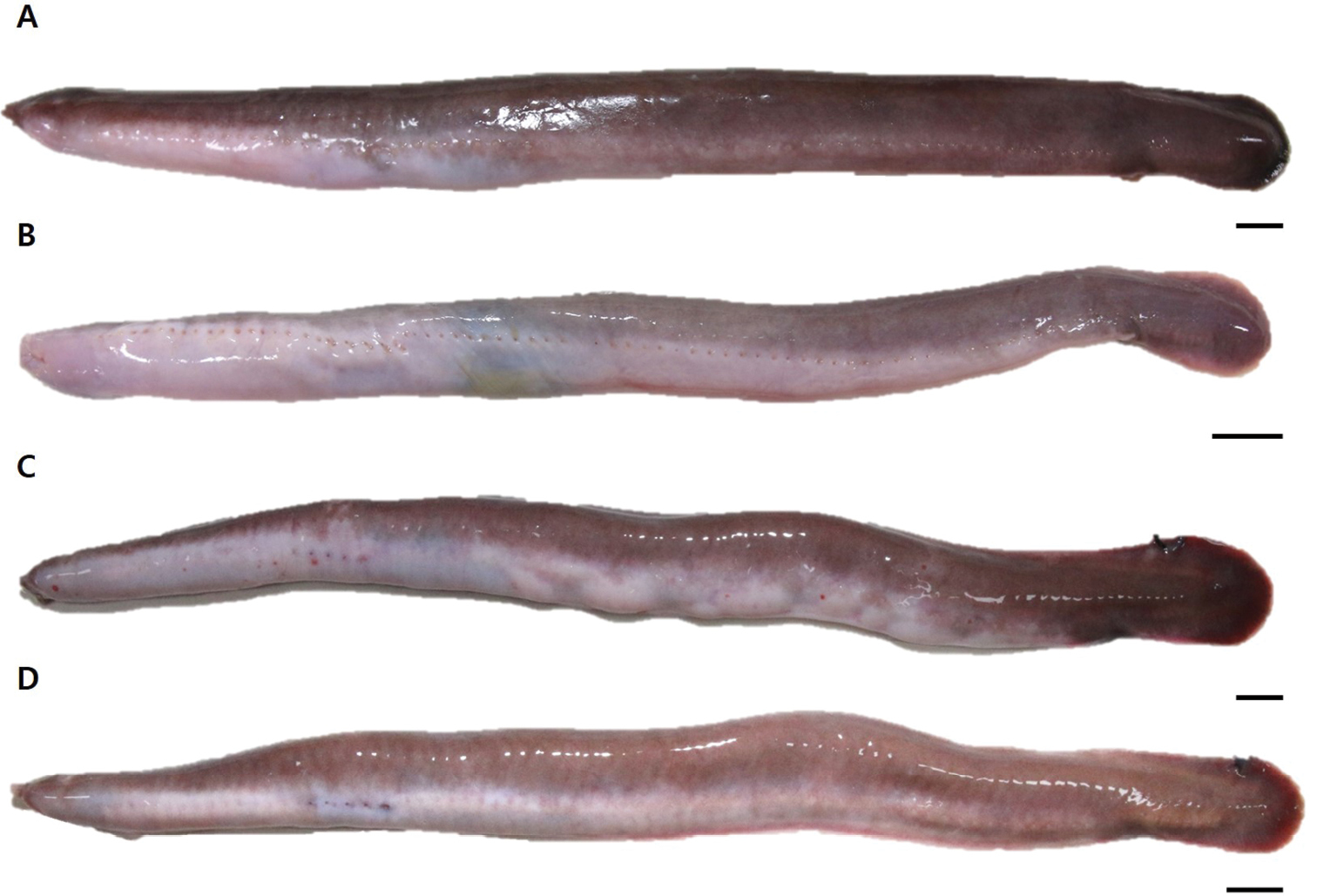
Actinopterygians
- 1 new anguilliform: Gymnothorax elaineheemstrae;
- 3 new aulopiforms: Lestidium longilucifer, Lestidium australis, Lestidium rofeni;
- 1 new cypriniform: Alburnoides turani;
- 1 new perciform: Antigonia emanuela;
- 1 new salmoniform: Salmo fahrettini;
Amphibians
- 7 new anurans: Physalaemus claptoni; Leptobrachella suiyangensis; Raorchestes rezakhani; Oreolalax longmenmontis; Megophrys awuh, M. dzukou, M. numhbumaeng;

Reptiles
- 13 new squamates: Dixonius lao; Marisora lineola, M. aquilonaria, M. syntoma, M. urtica; Cyrtodactylus culaochamensis; Cyrtodactylus phnomchiensis; Liopeltis tiomanica; Eryx sistanensis; Trimeresurus caudornatus; Iguana melanoderma; Trimeresurus salazar; Persiophis fahimii;


Mammals
- 1 new rodent: Peromyscus purepechus;
– – –
* This work is licensed under a Creative Commons Attribution 4.0 International License.
This work is licensed under a Creative Commons Attribution 4.0 International License.



